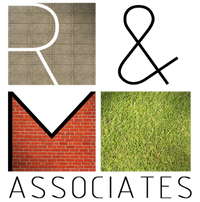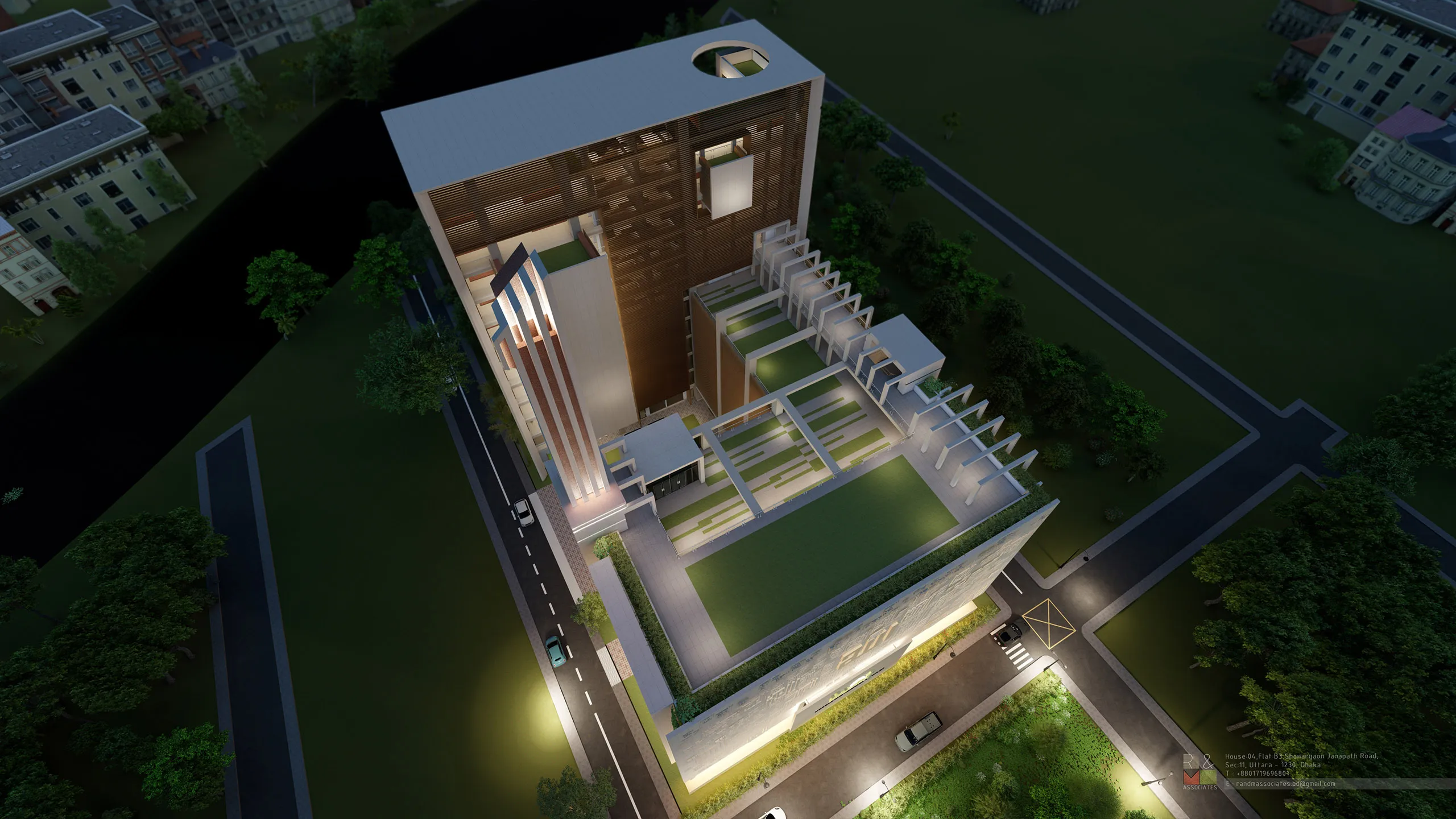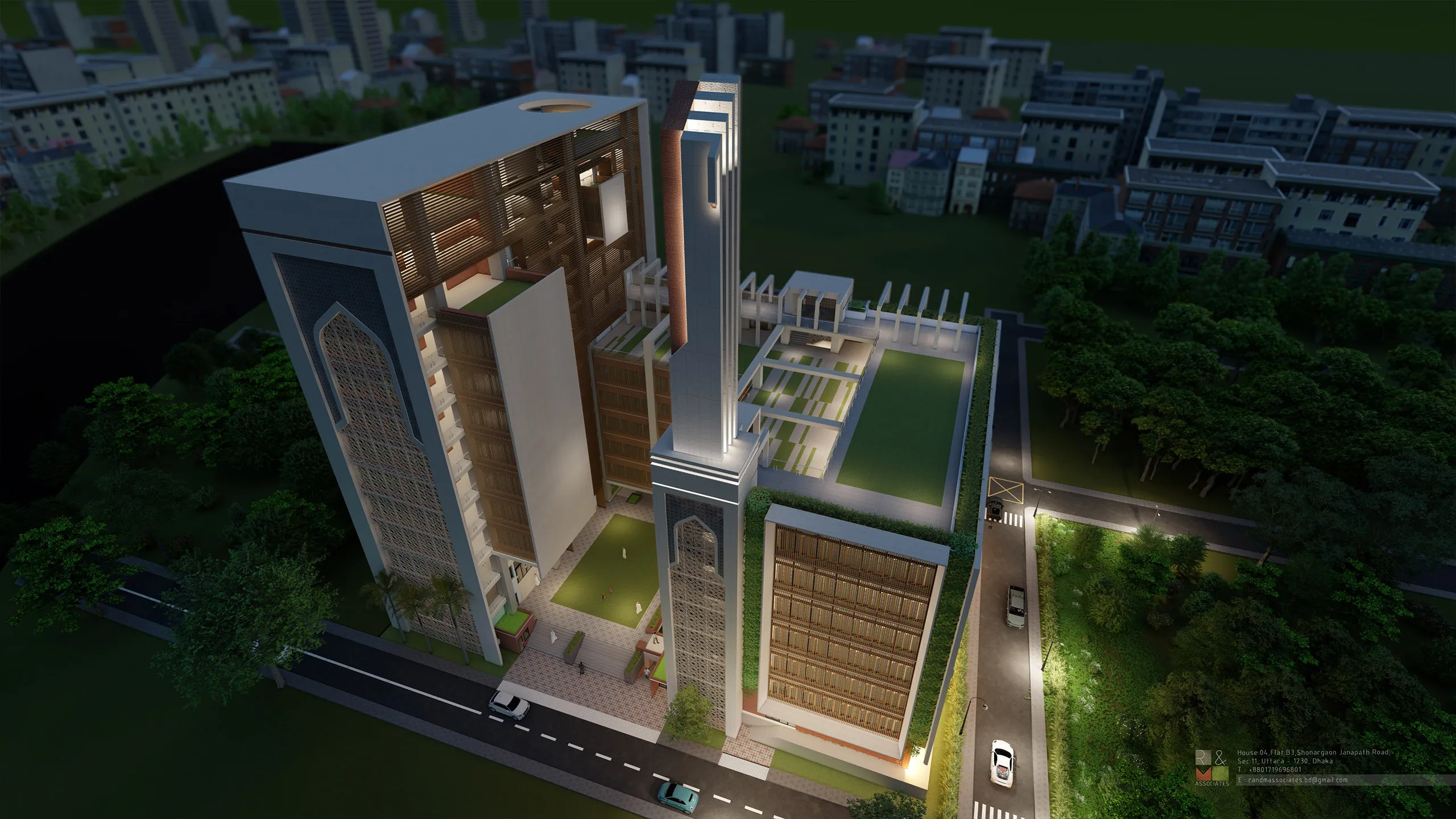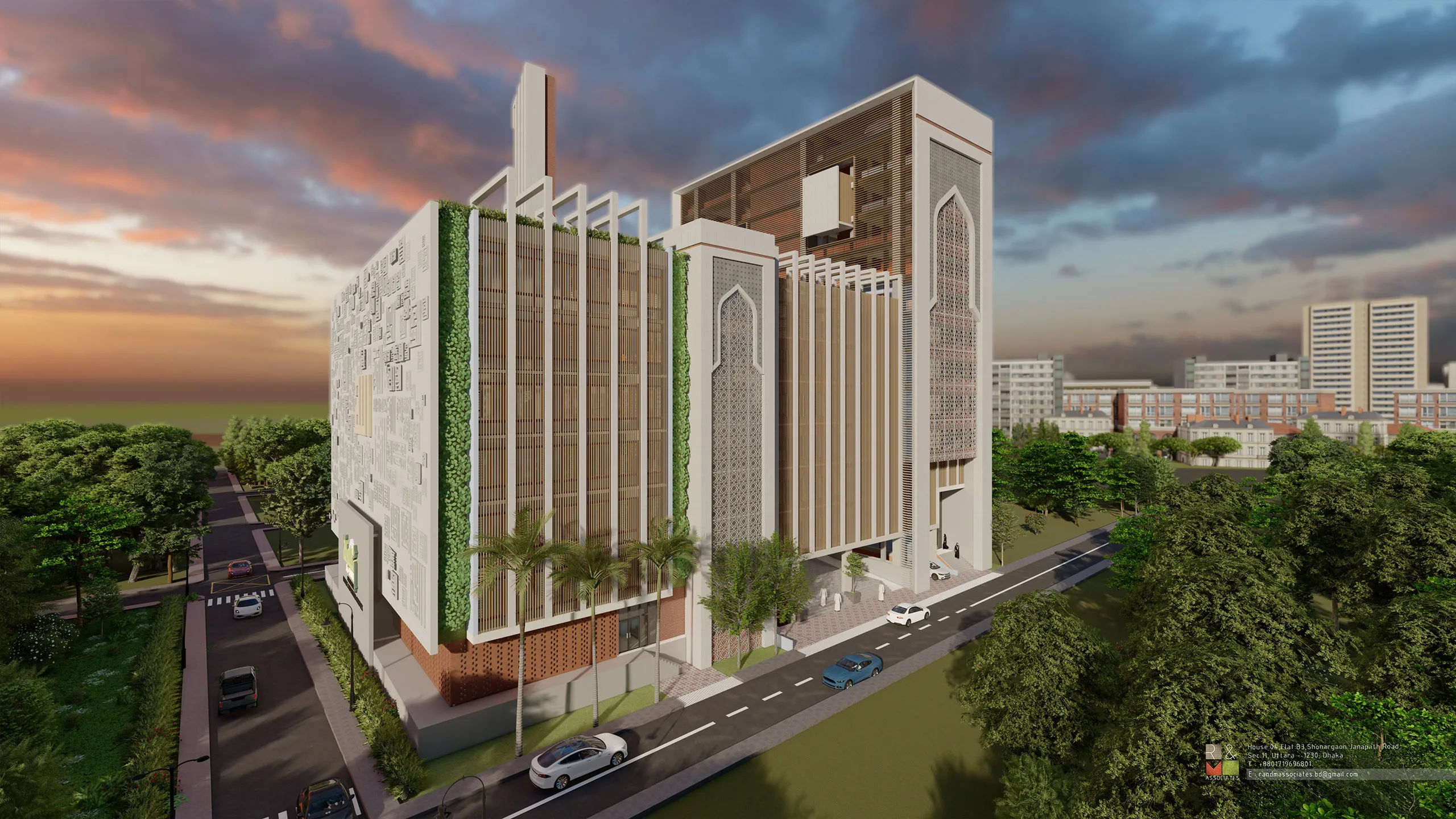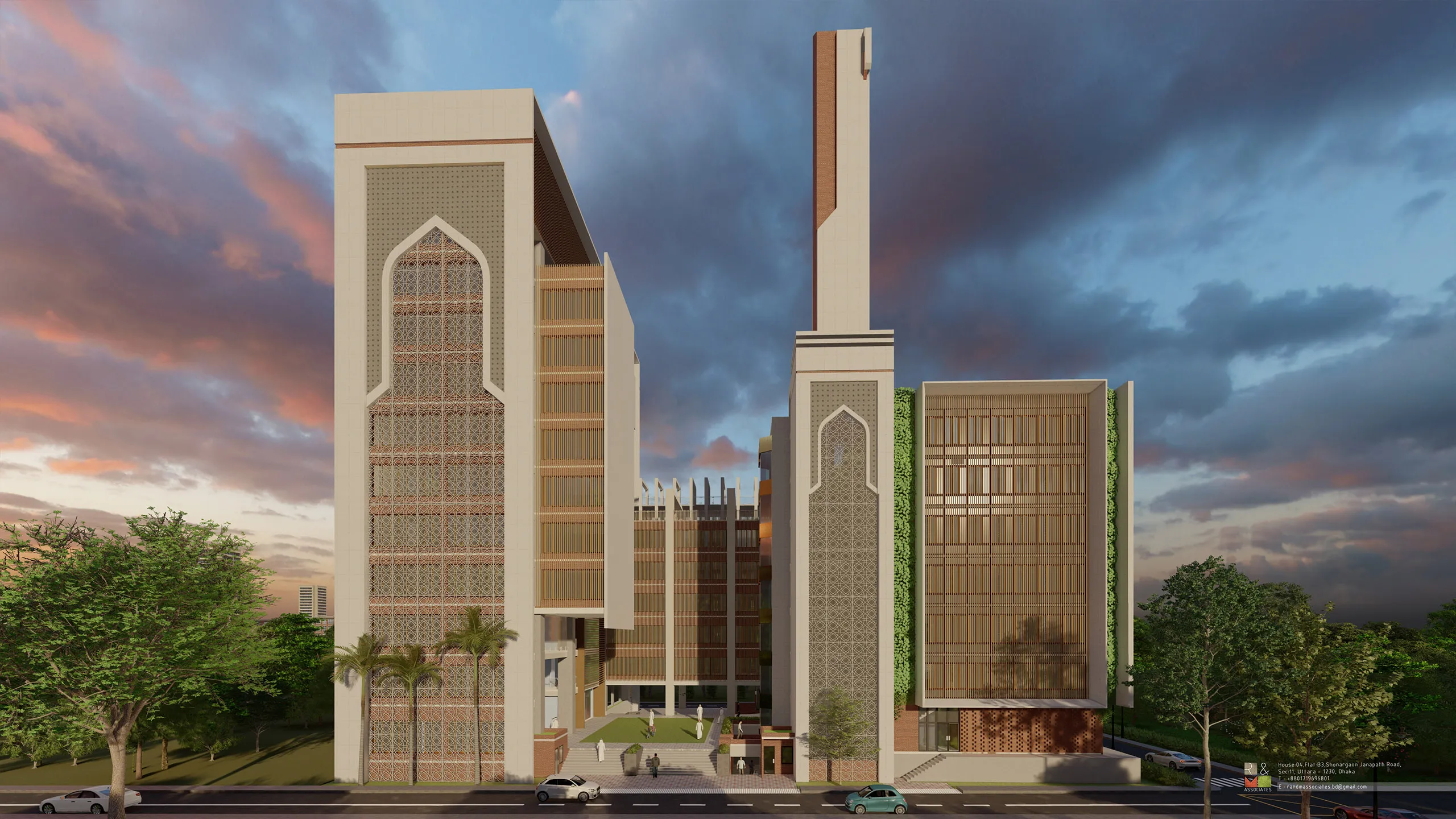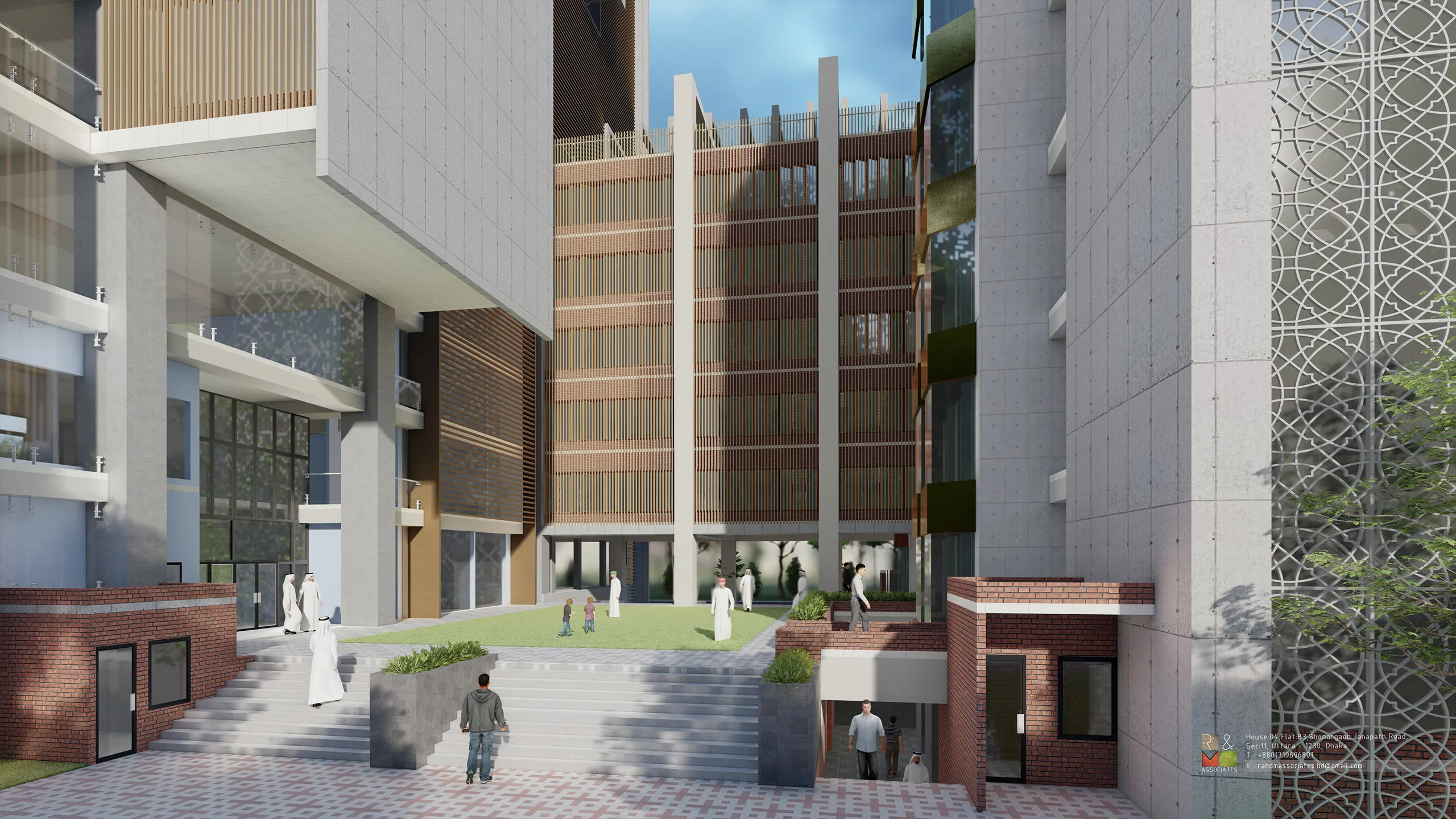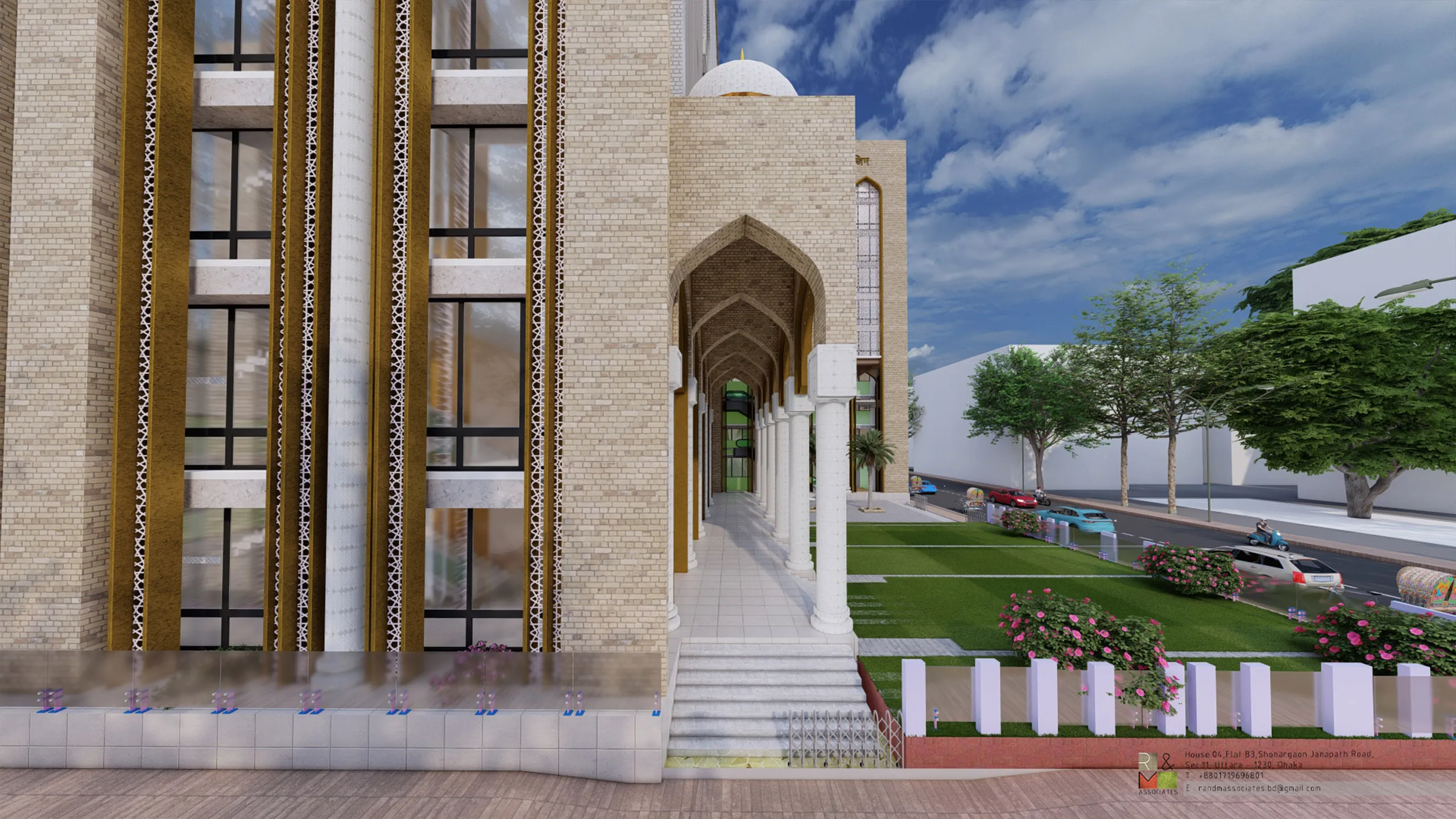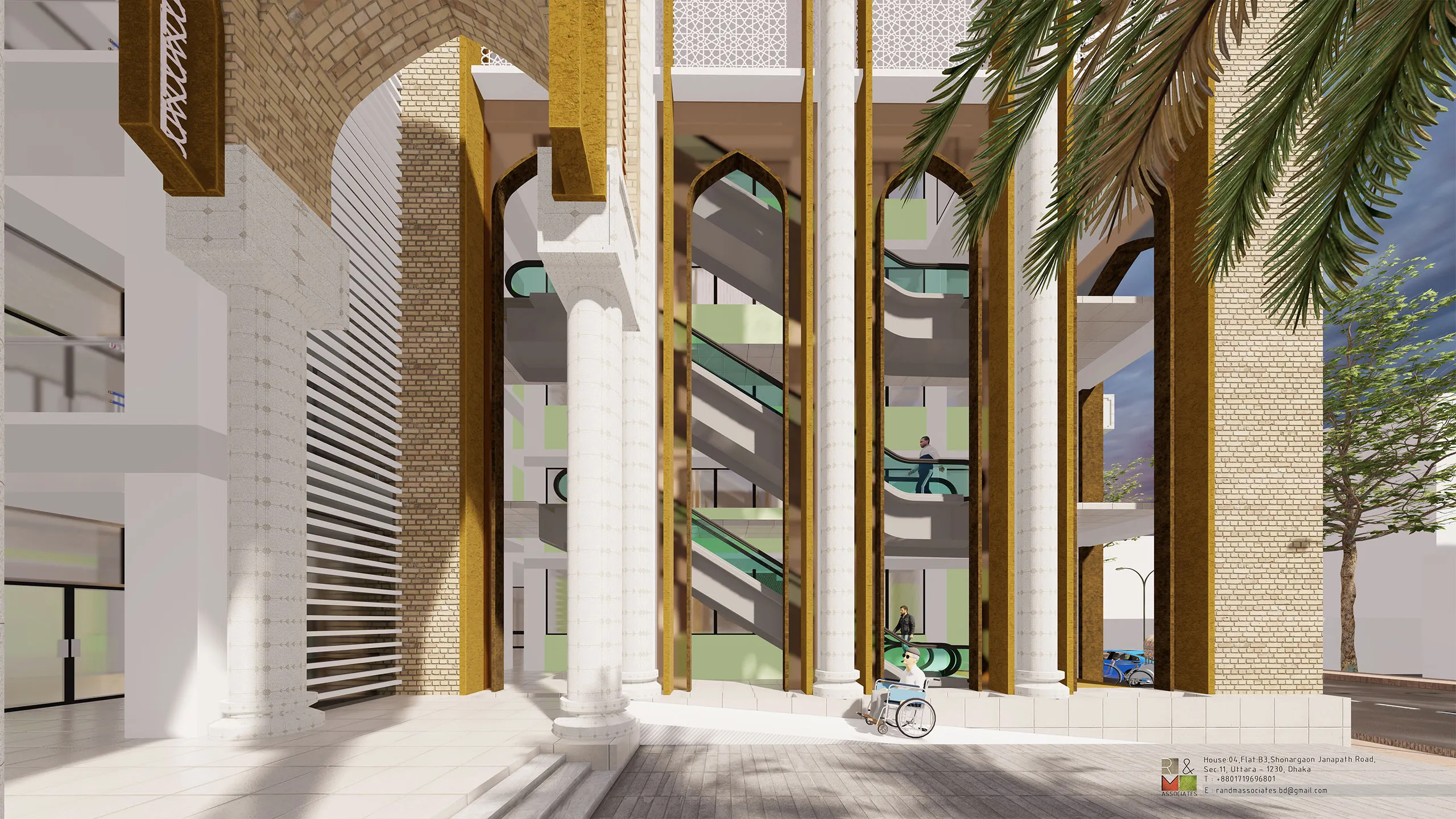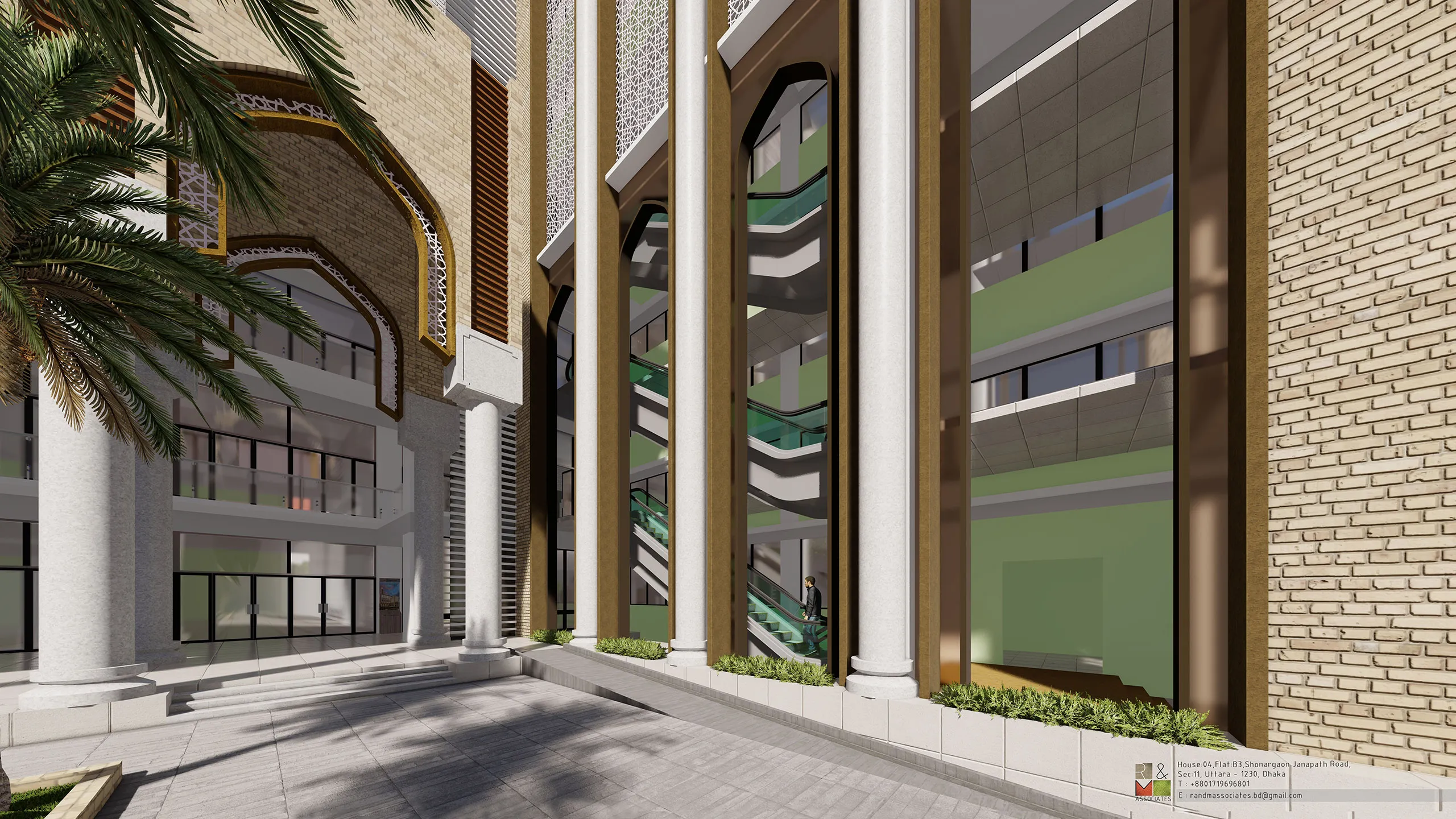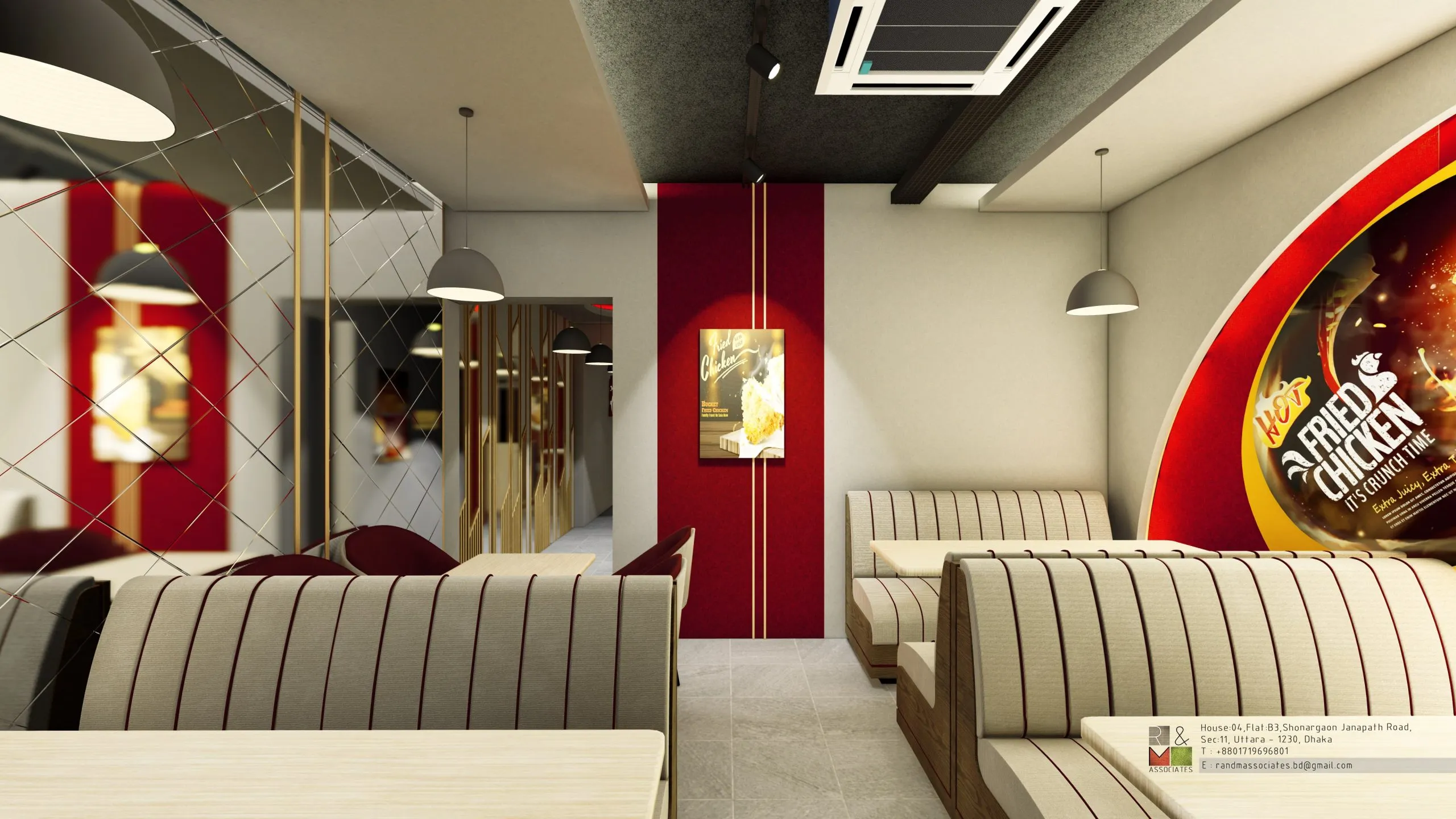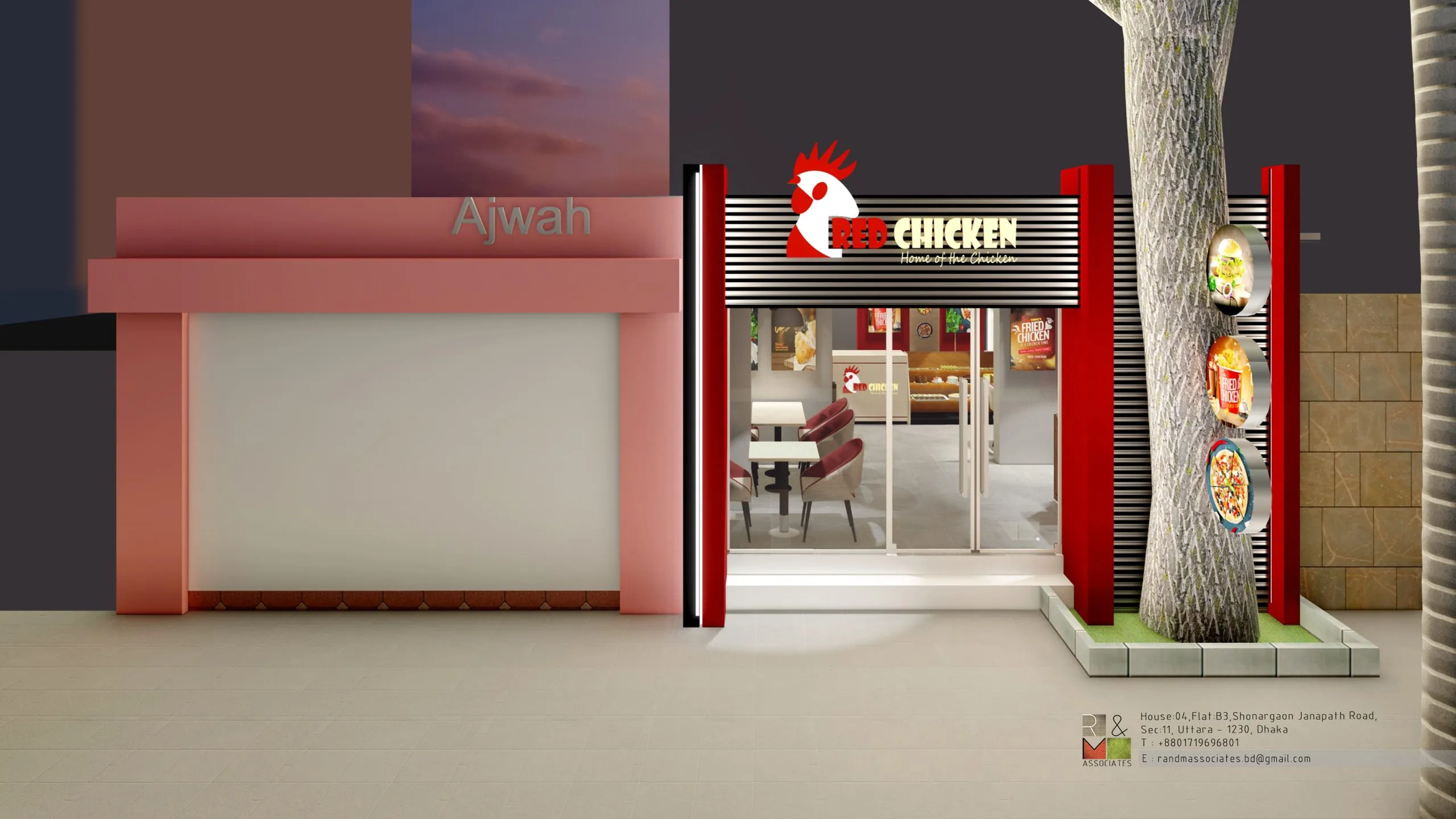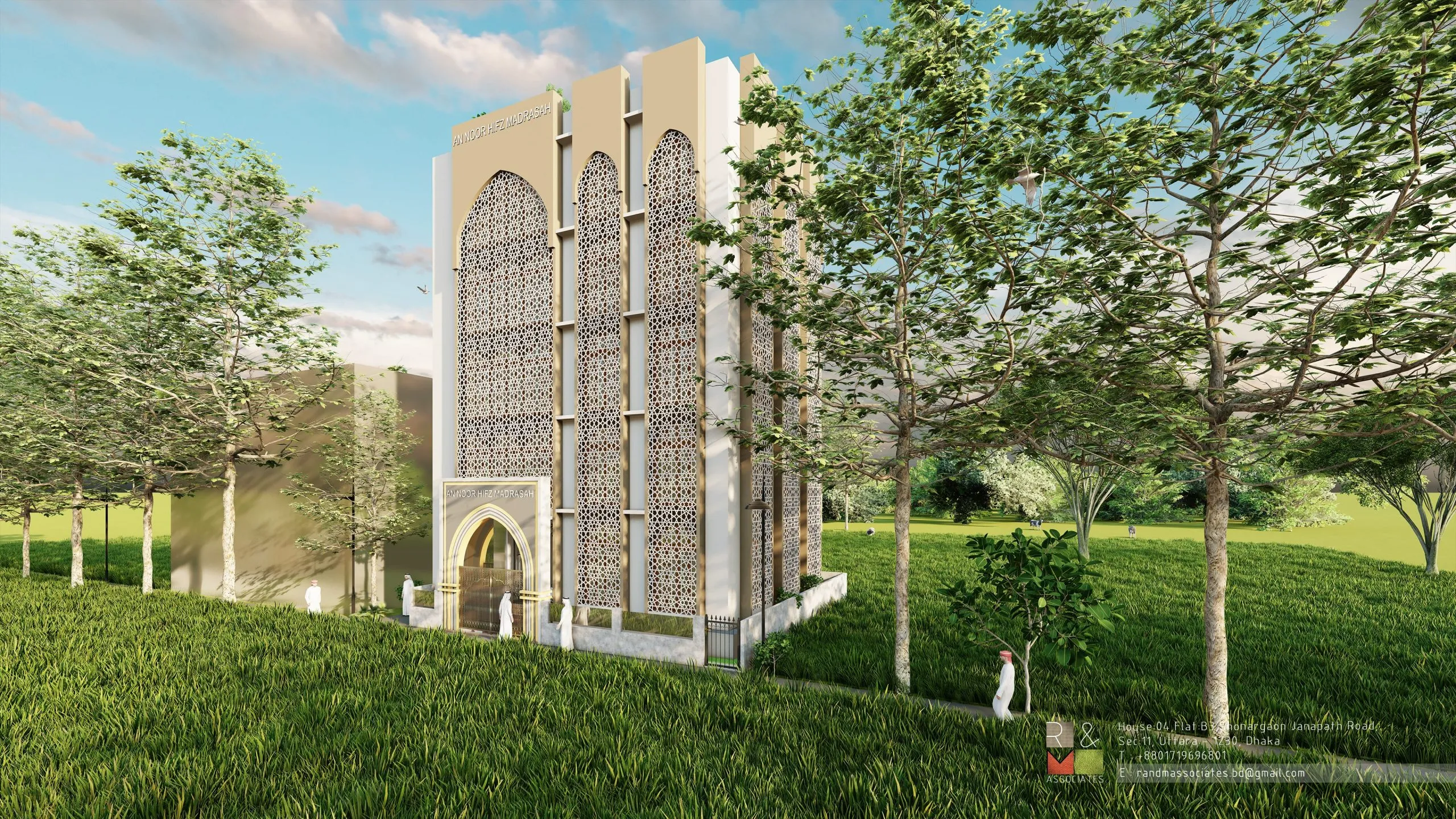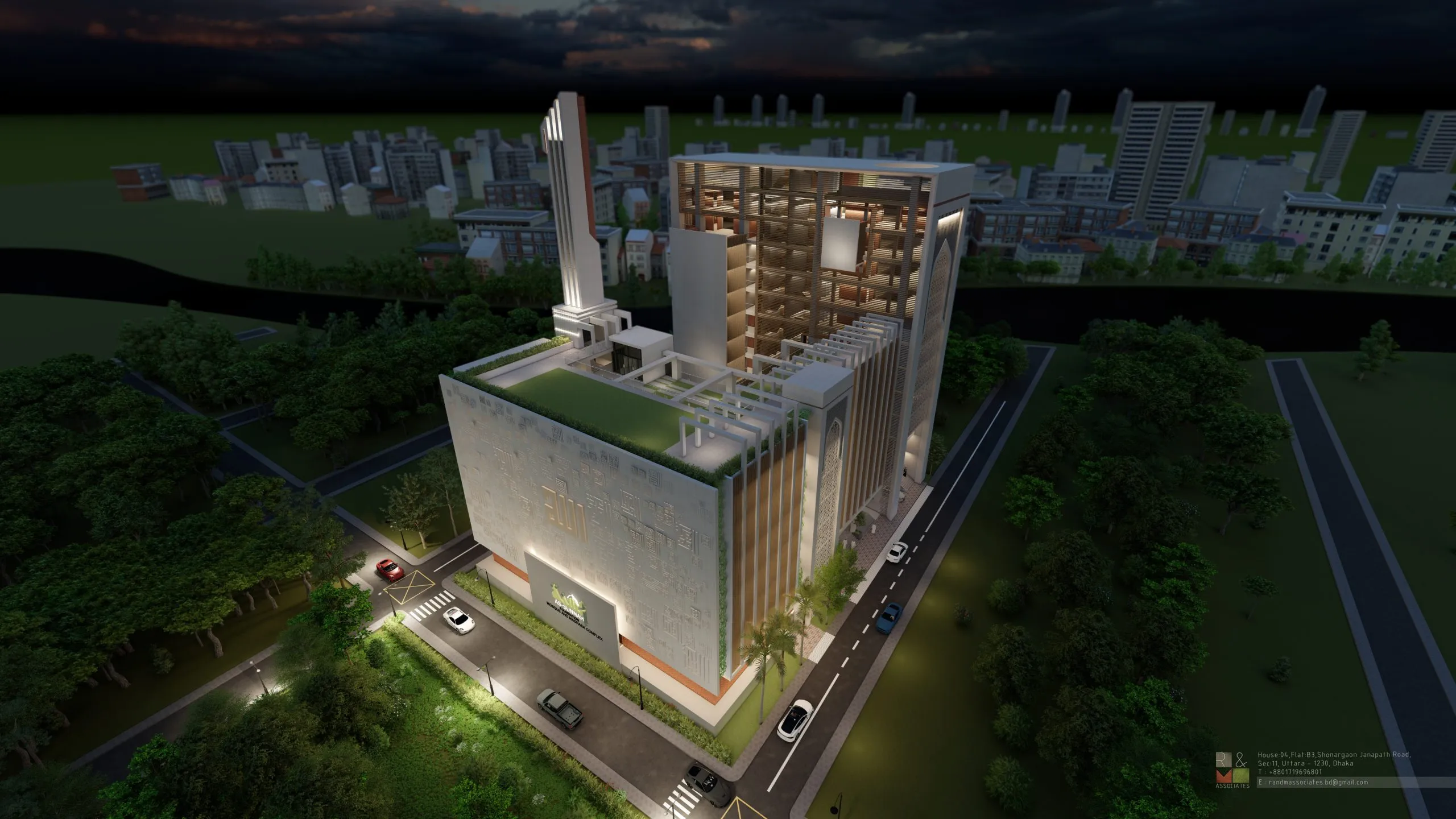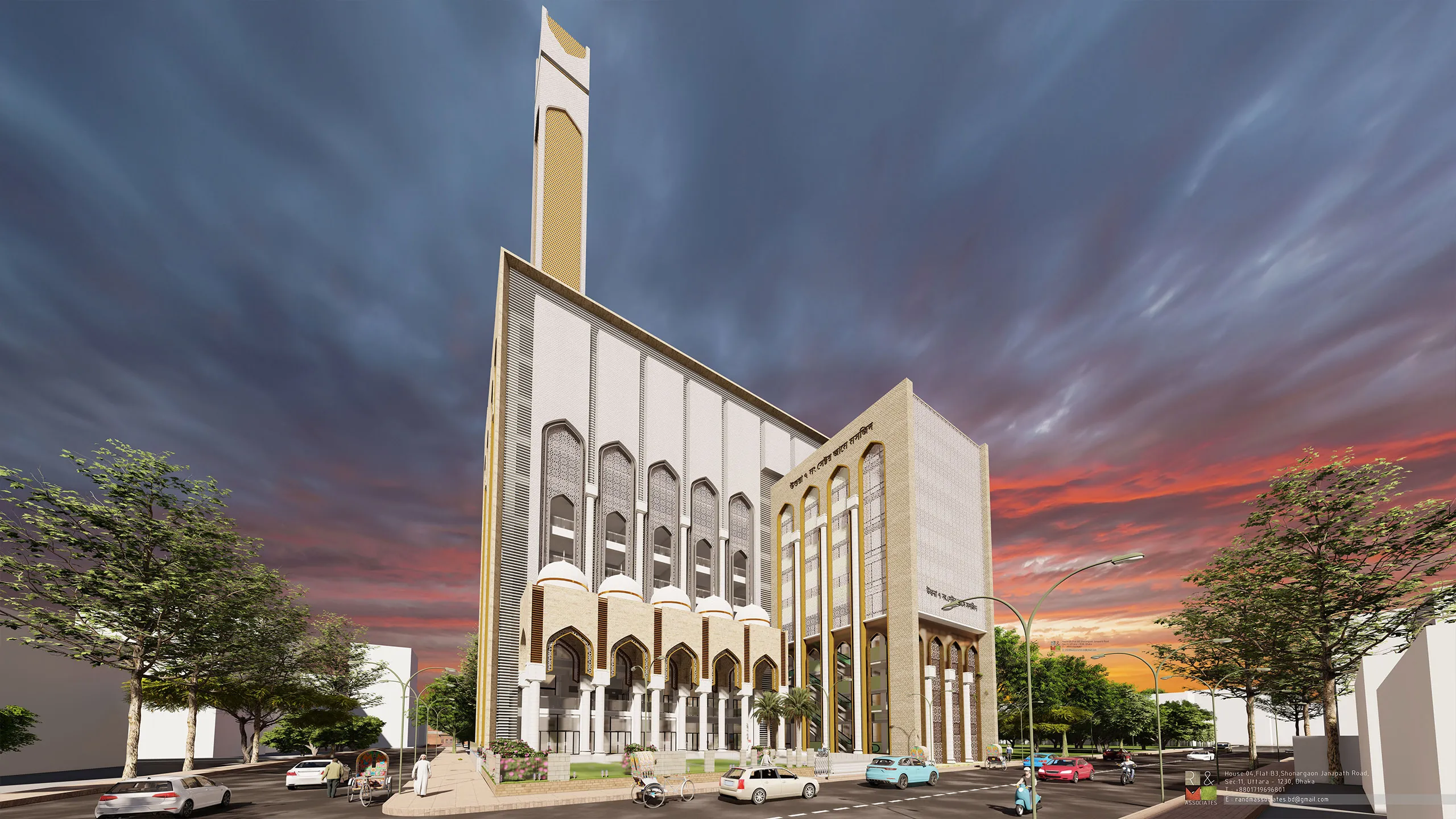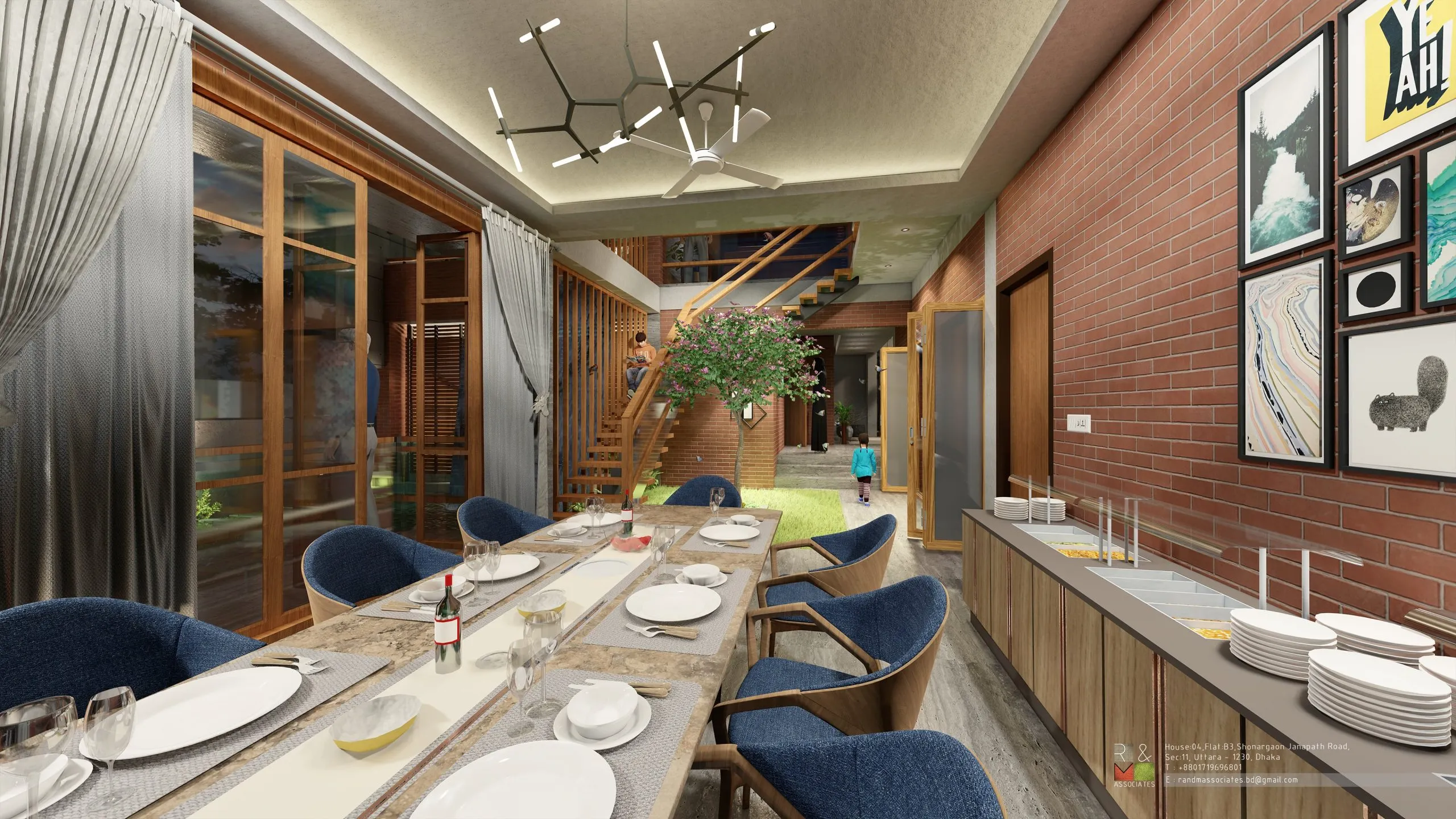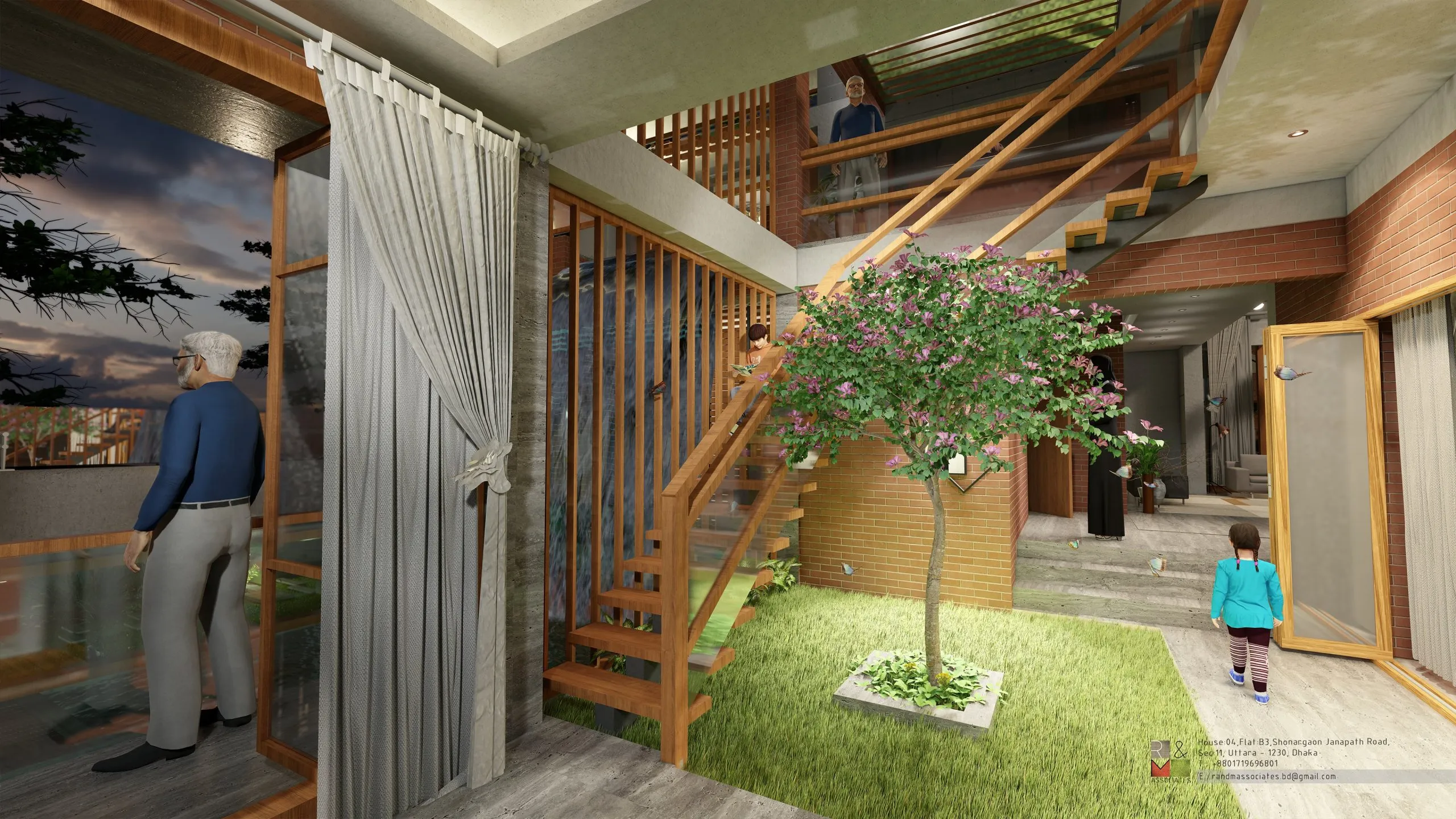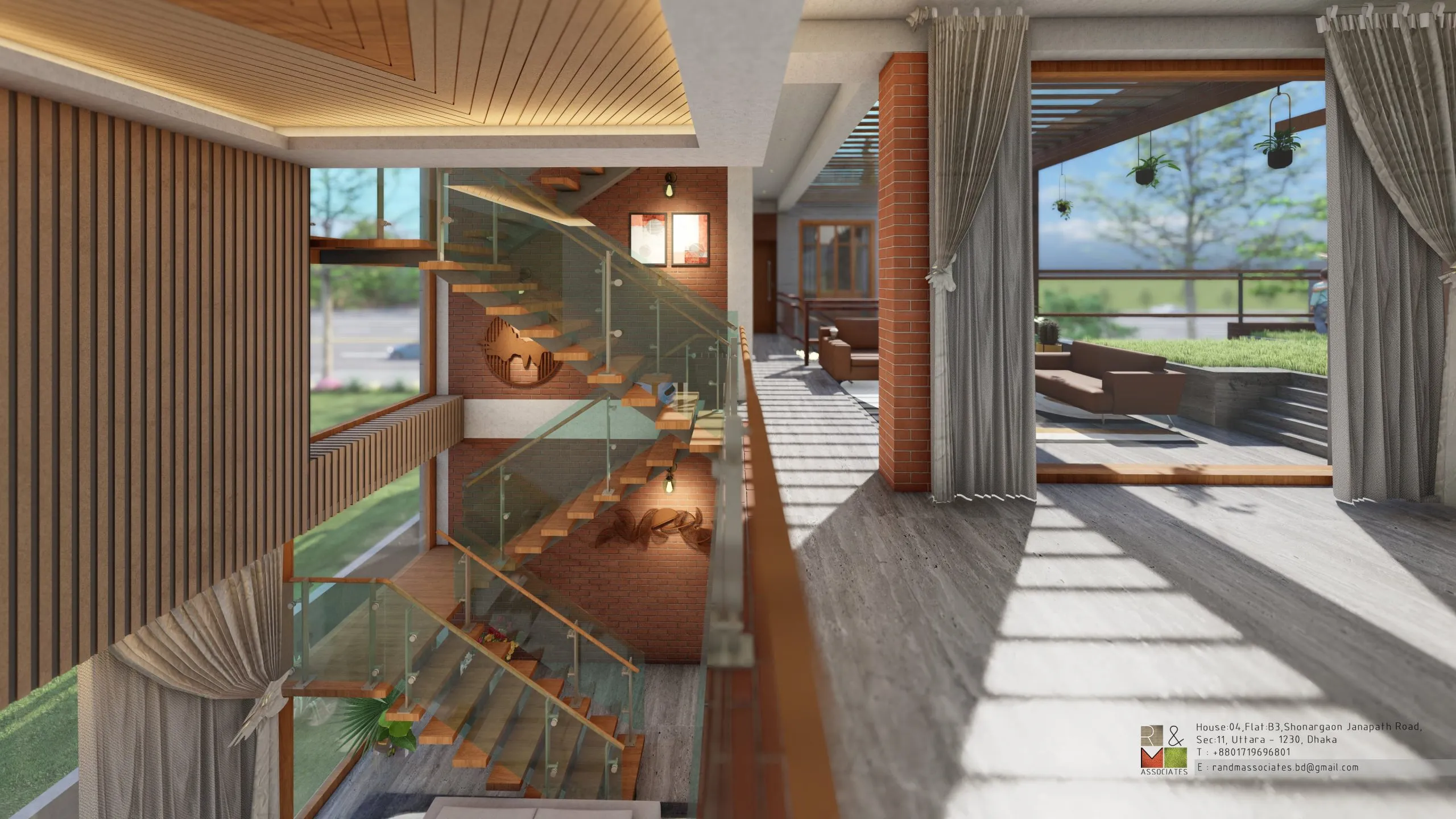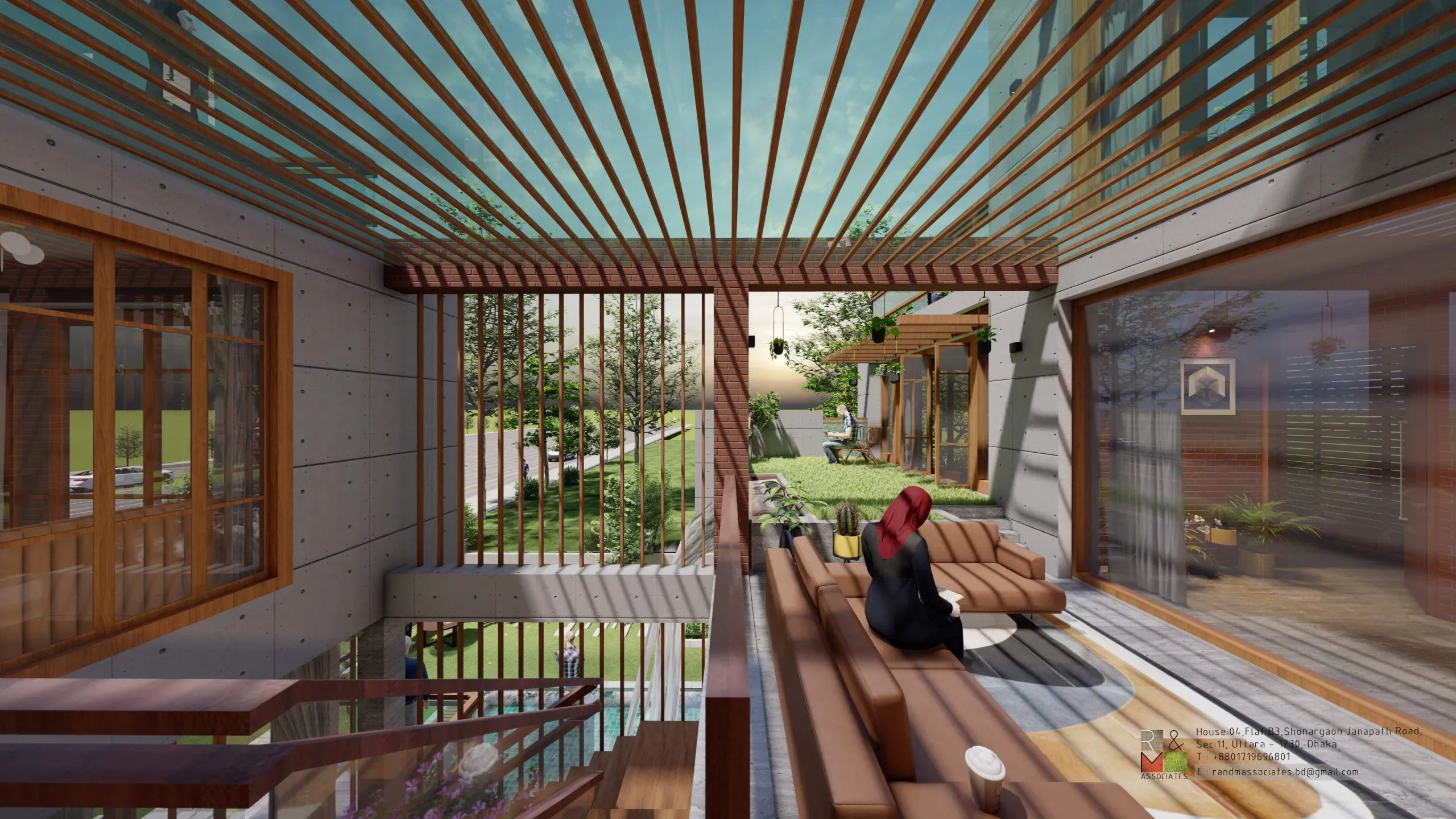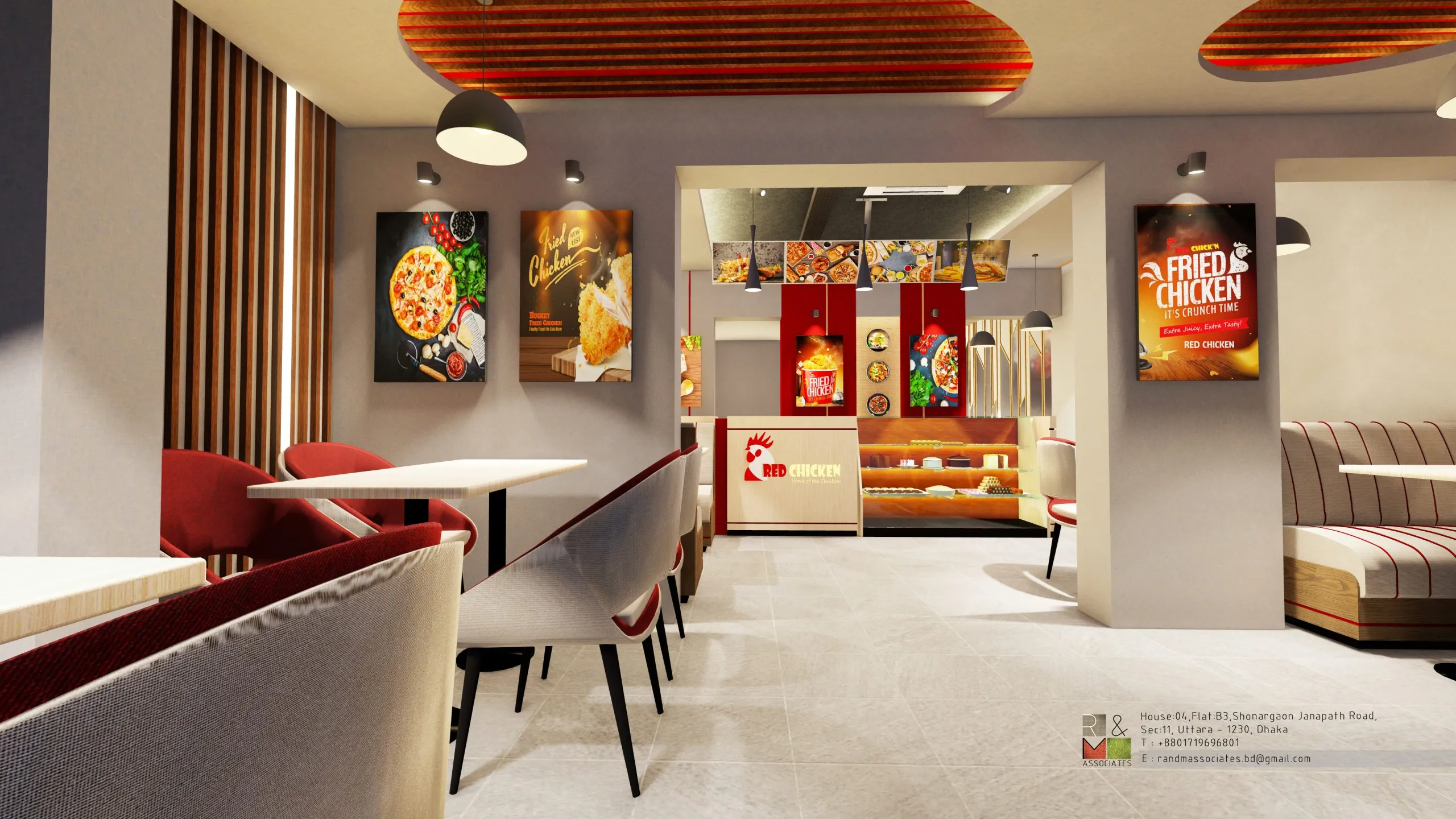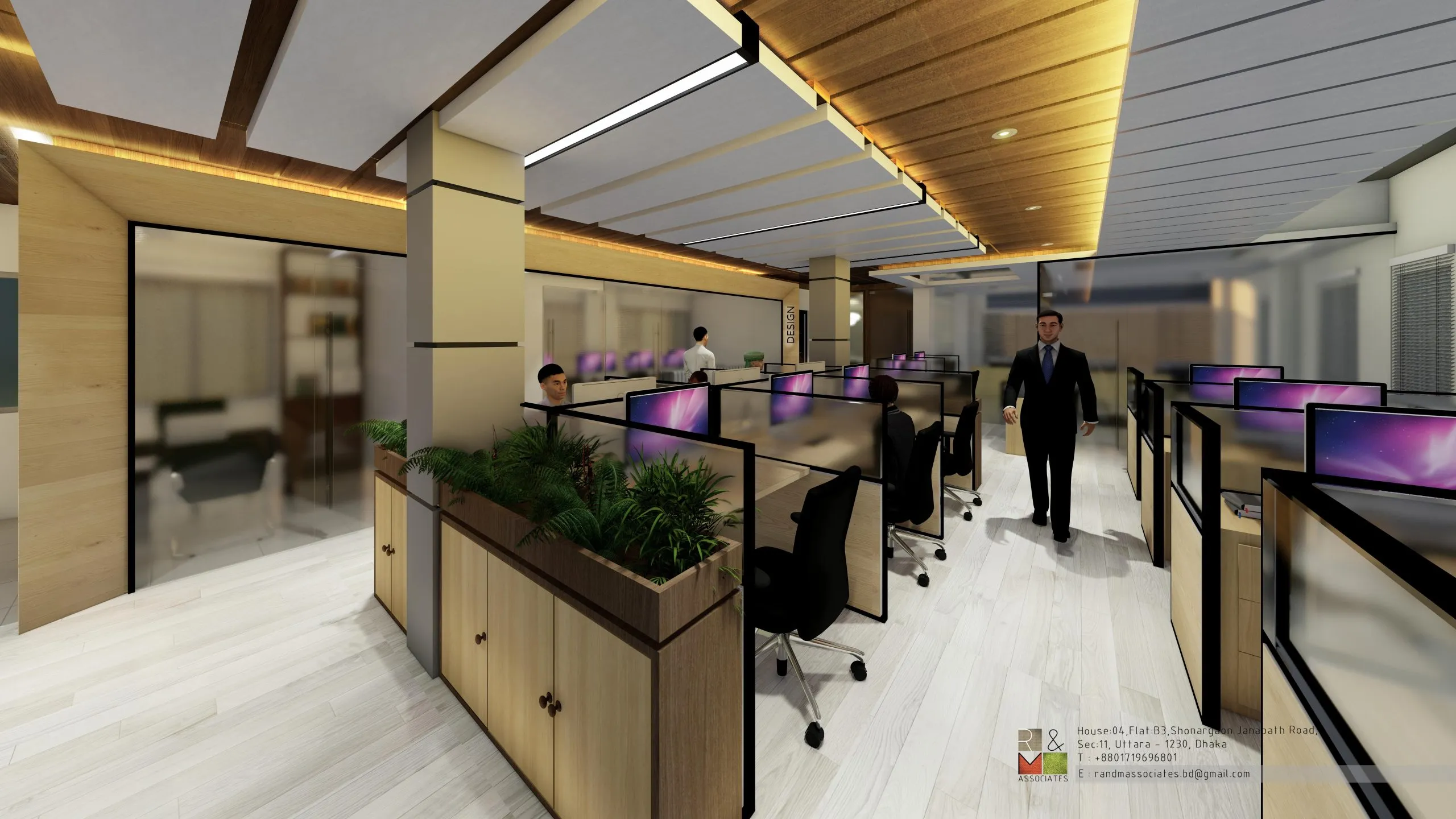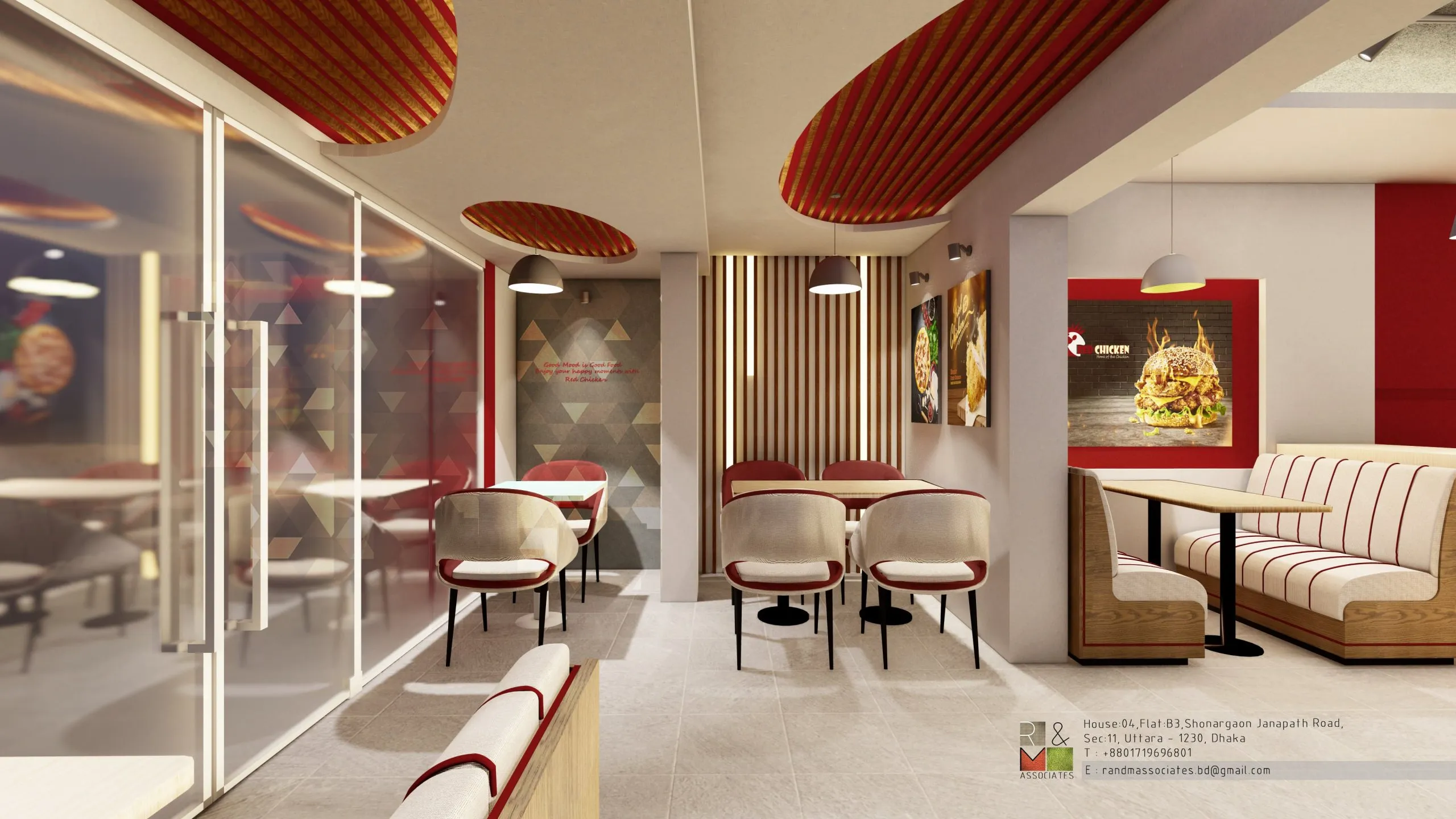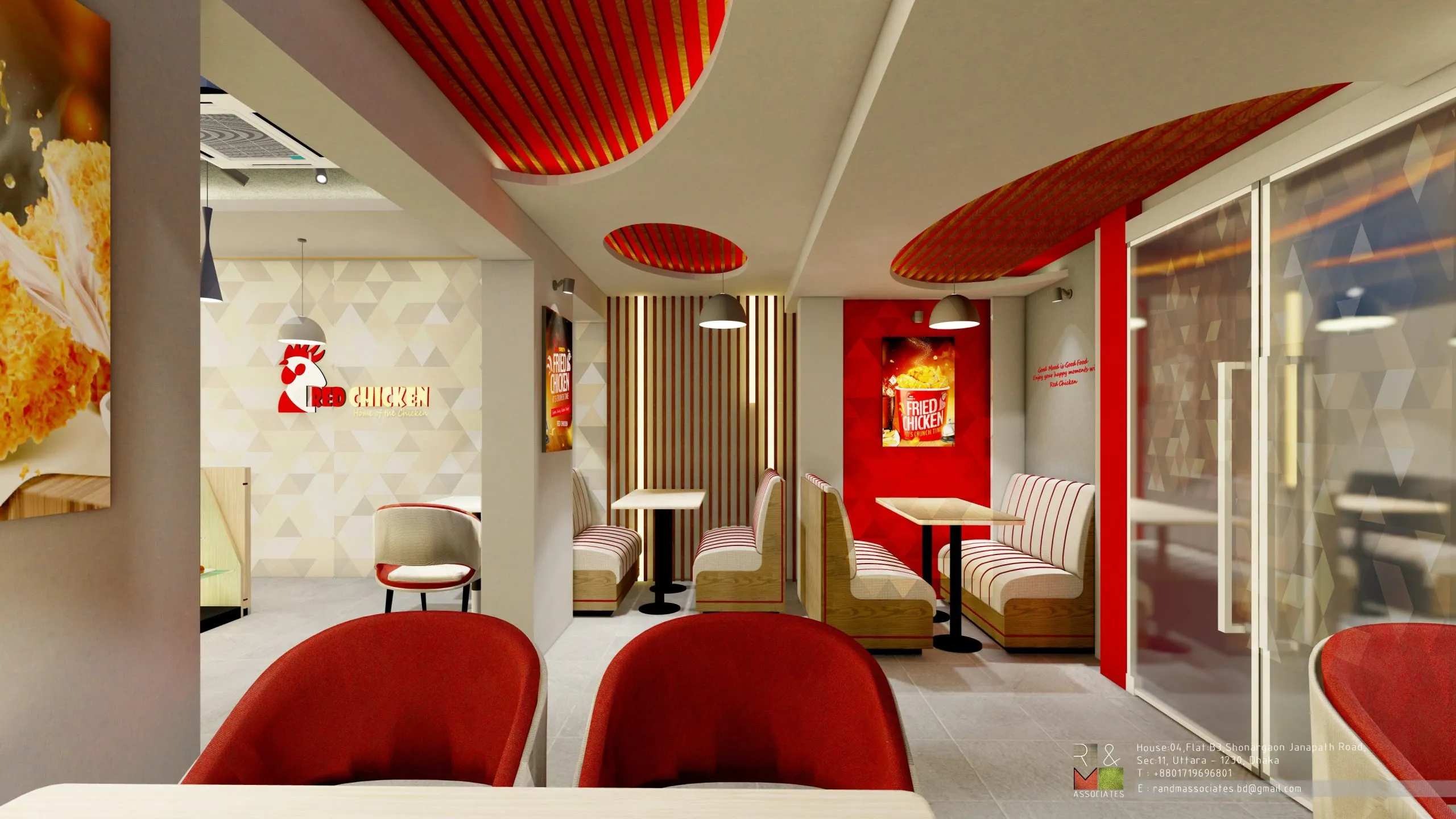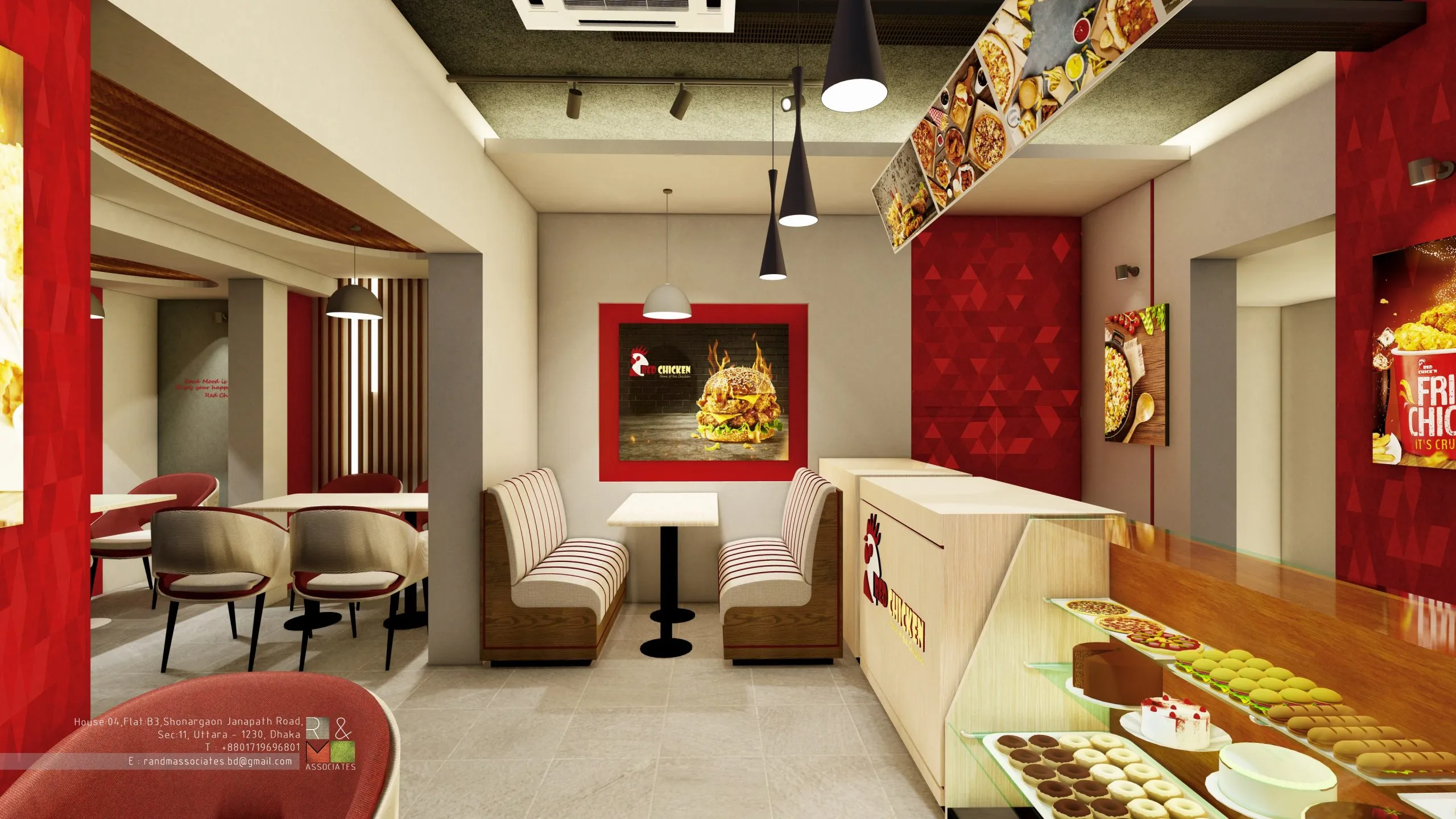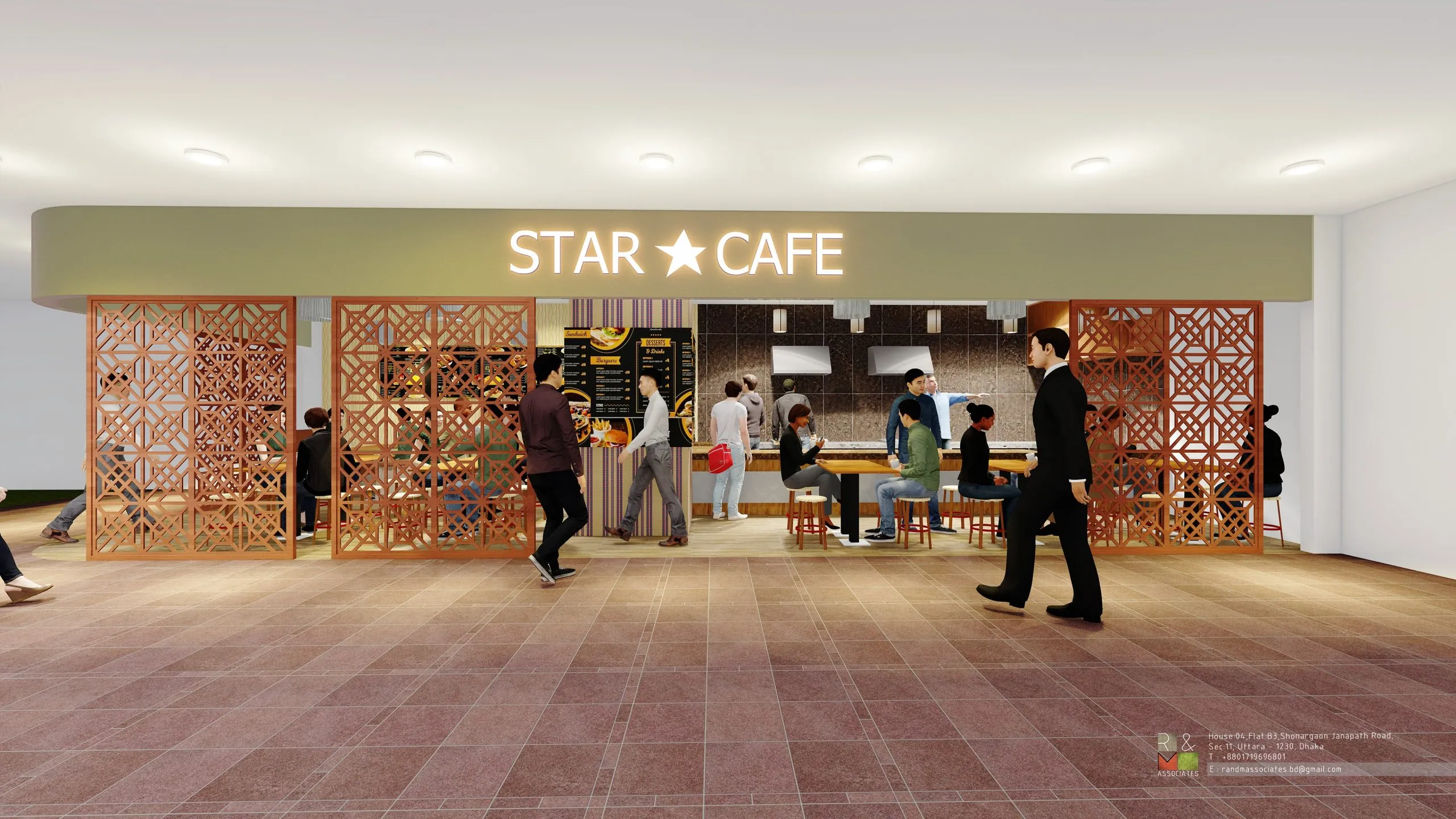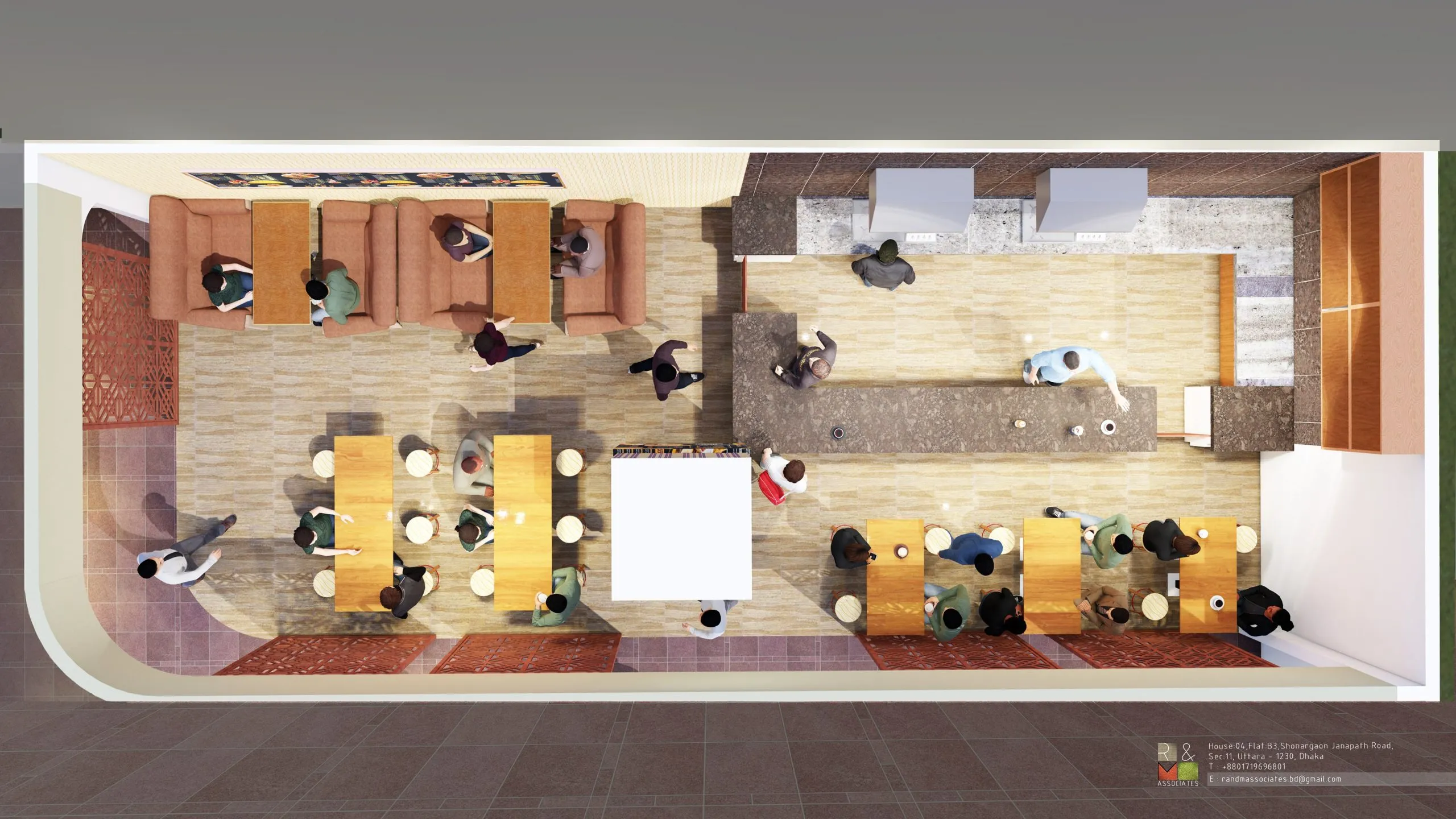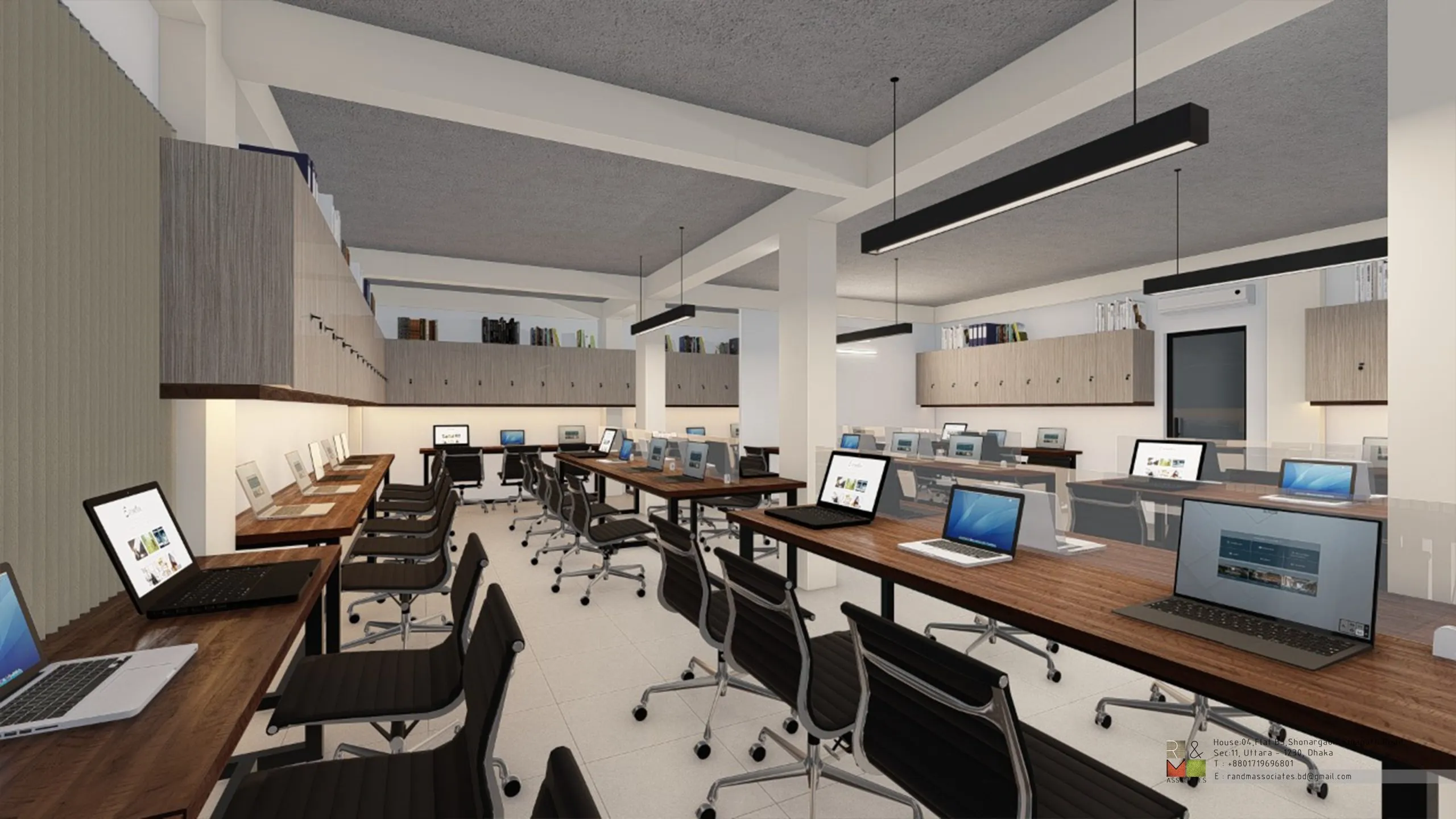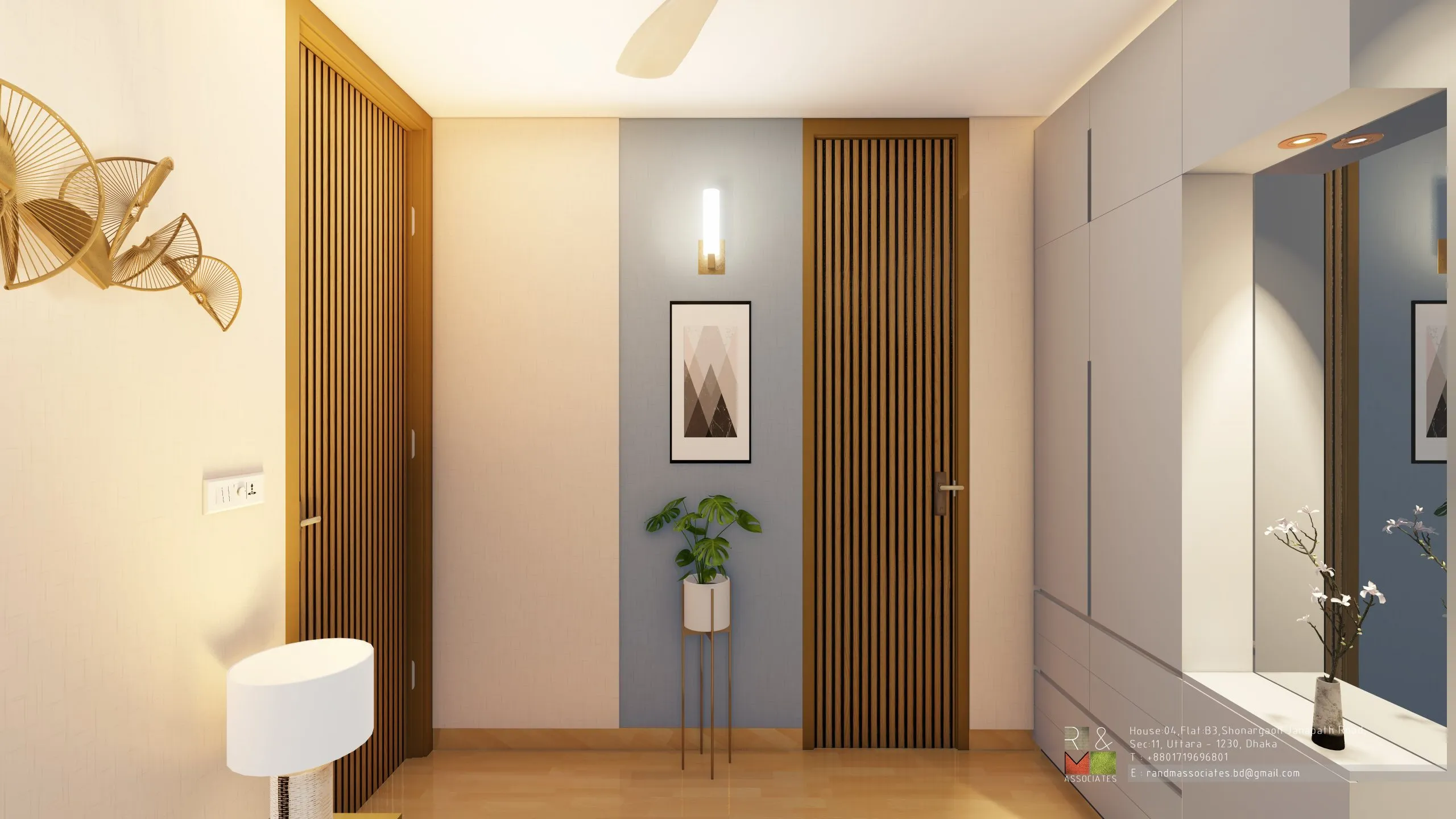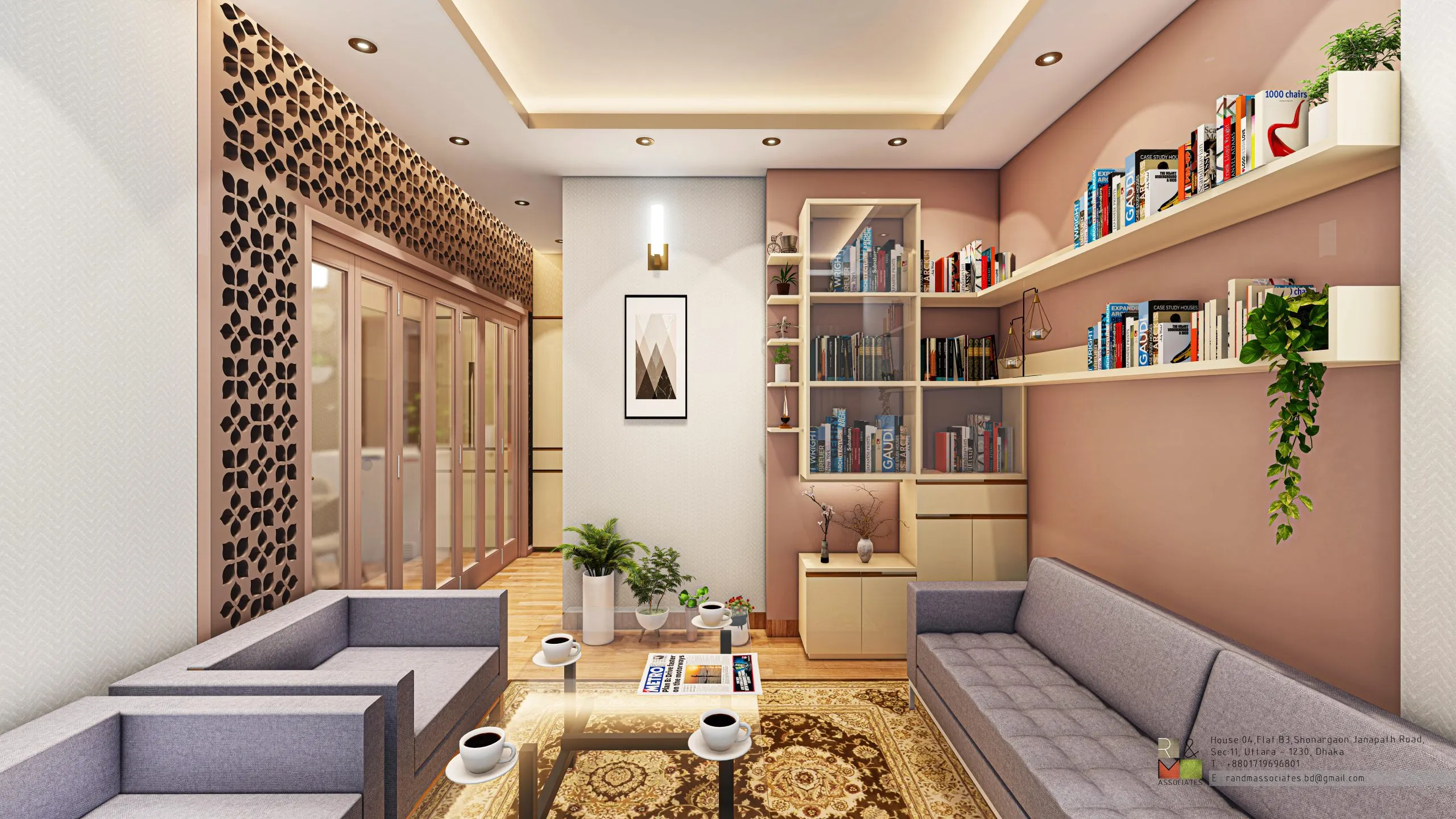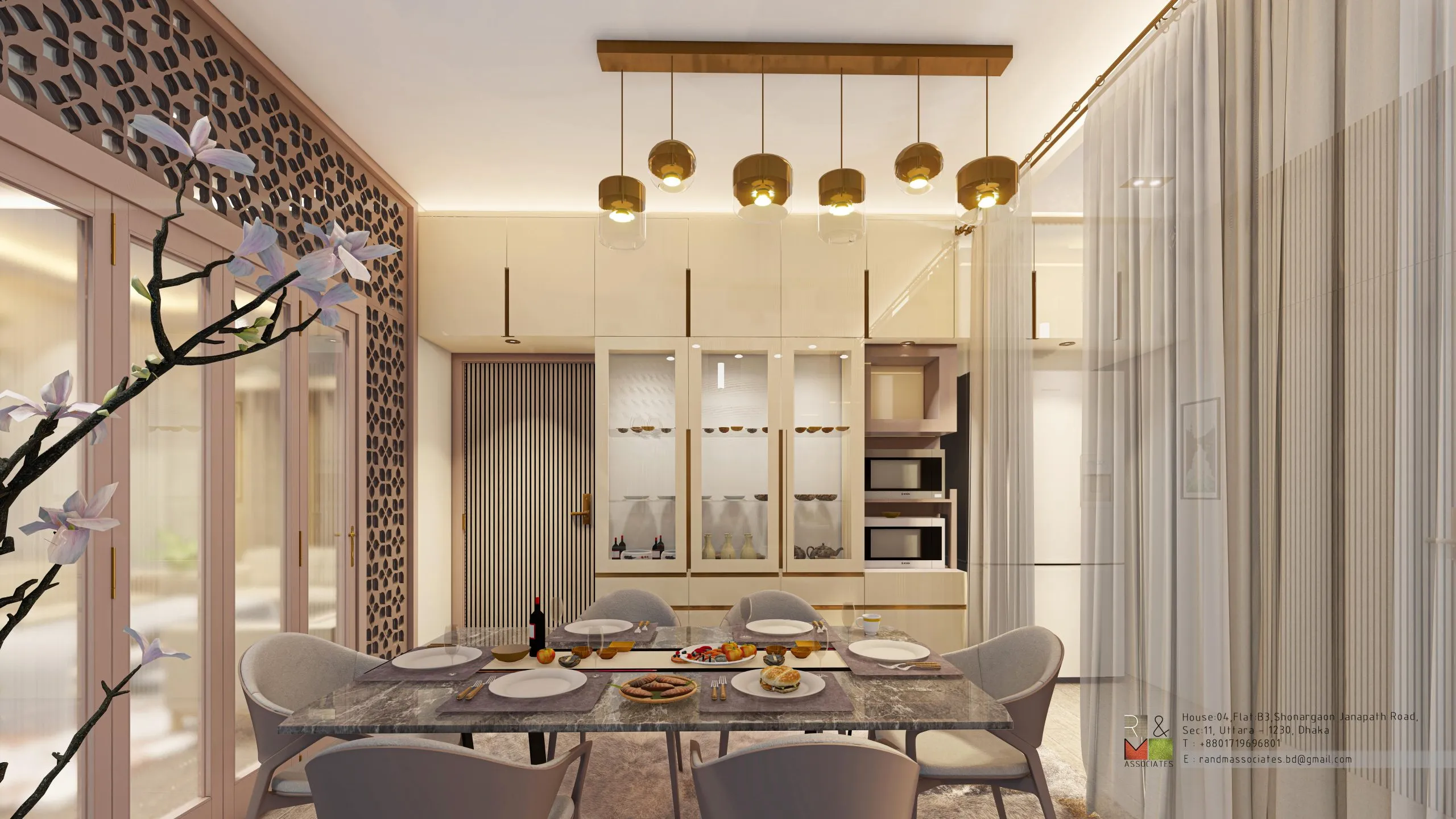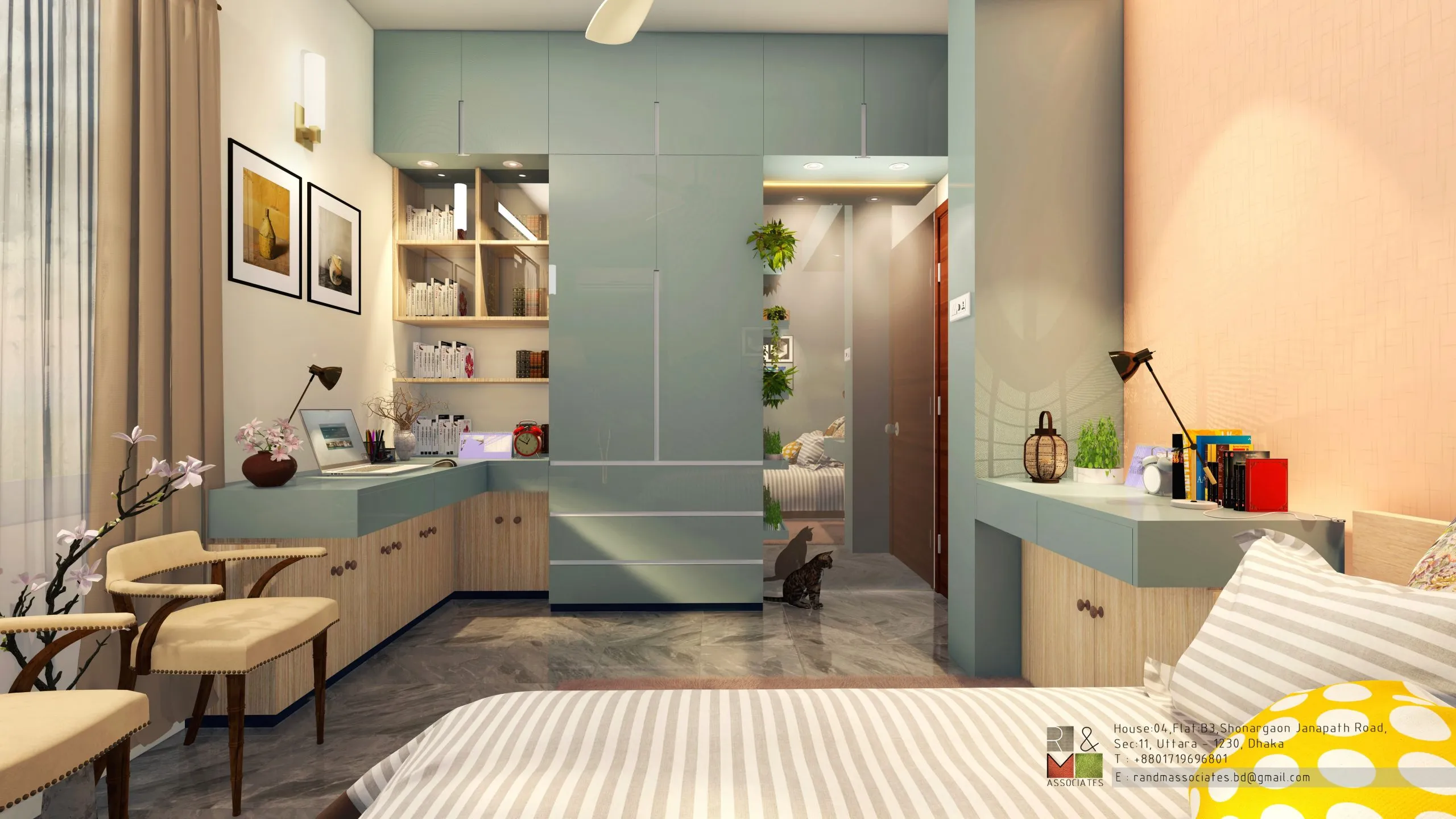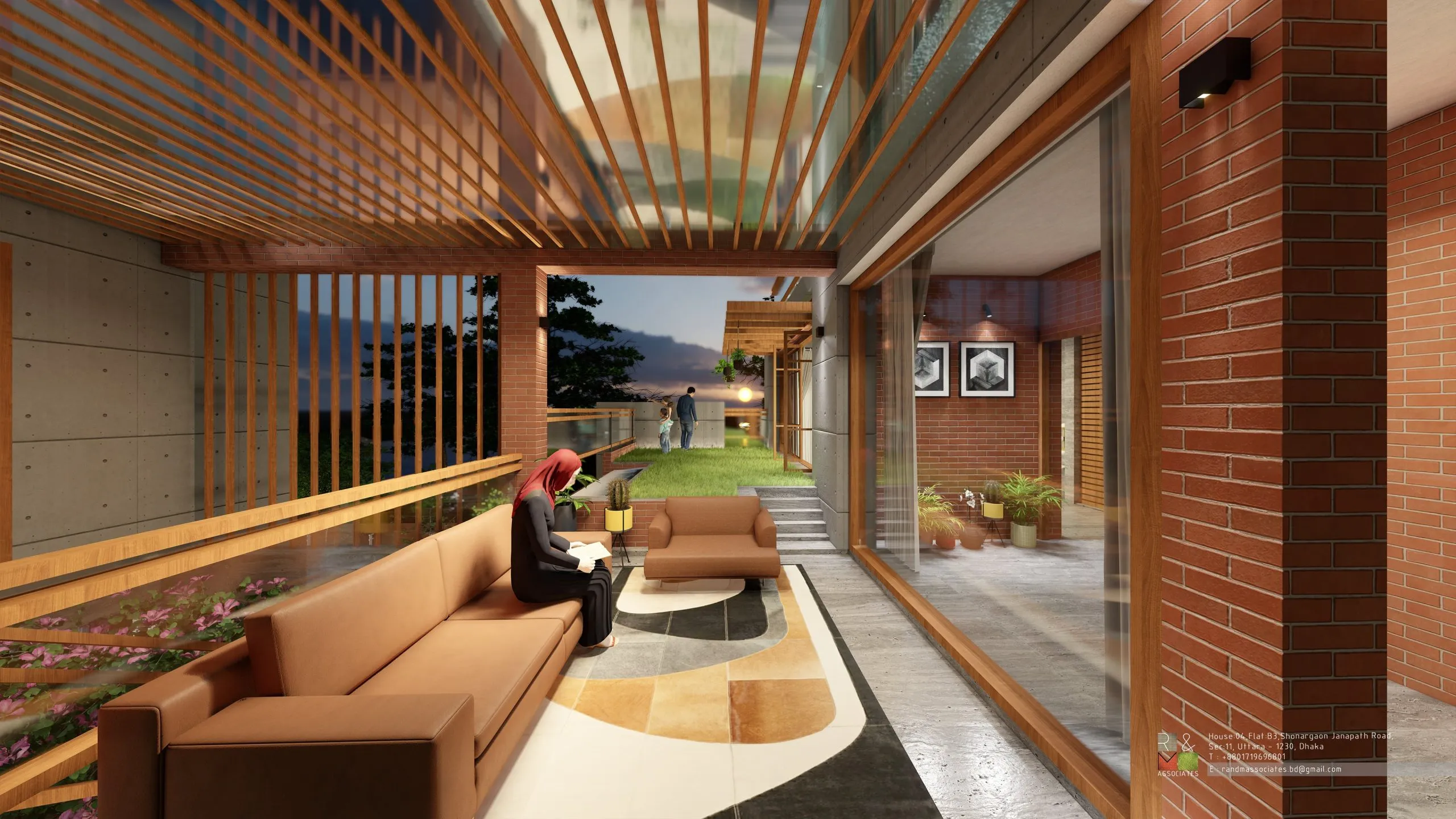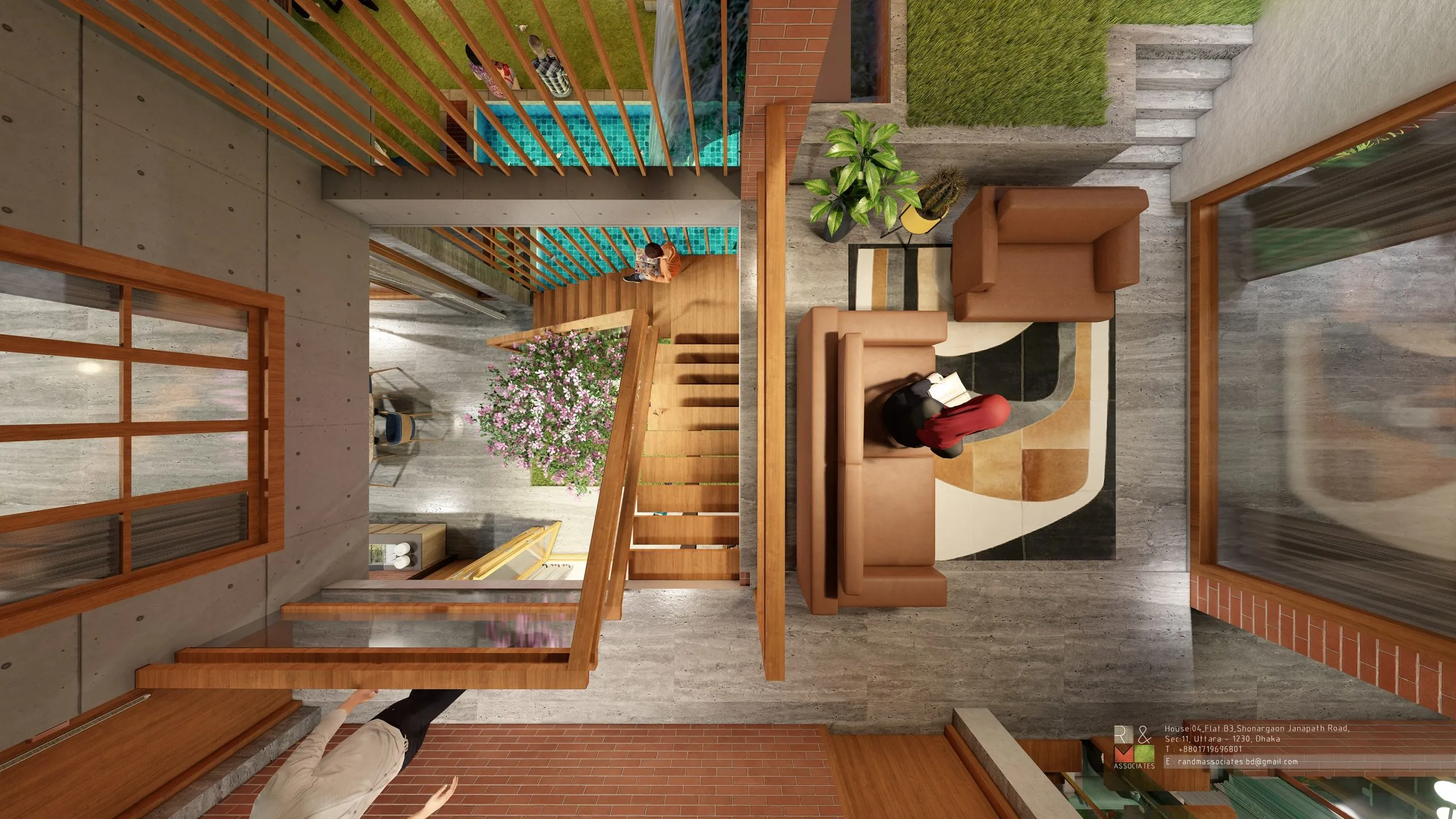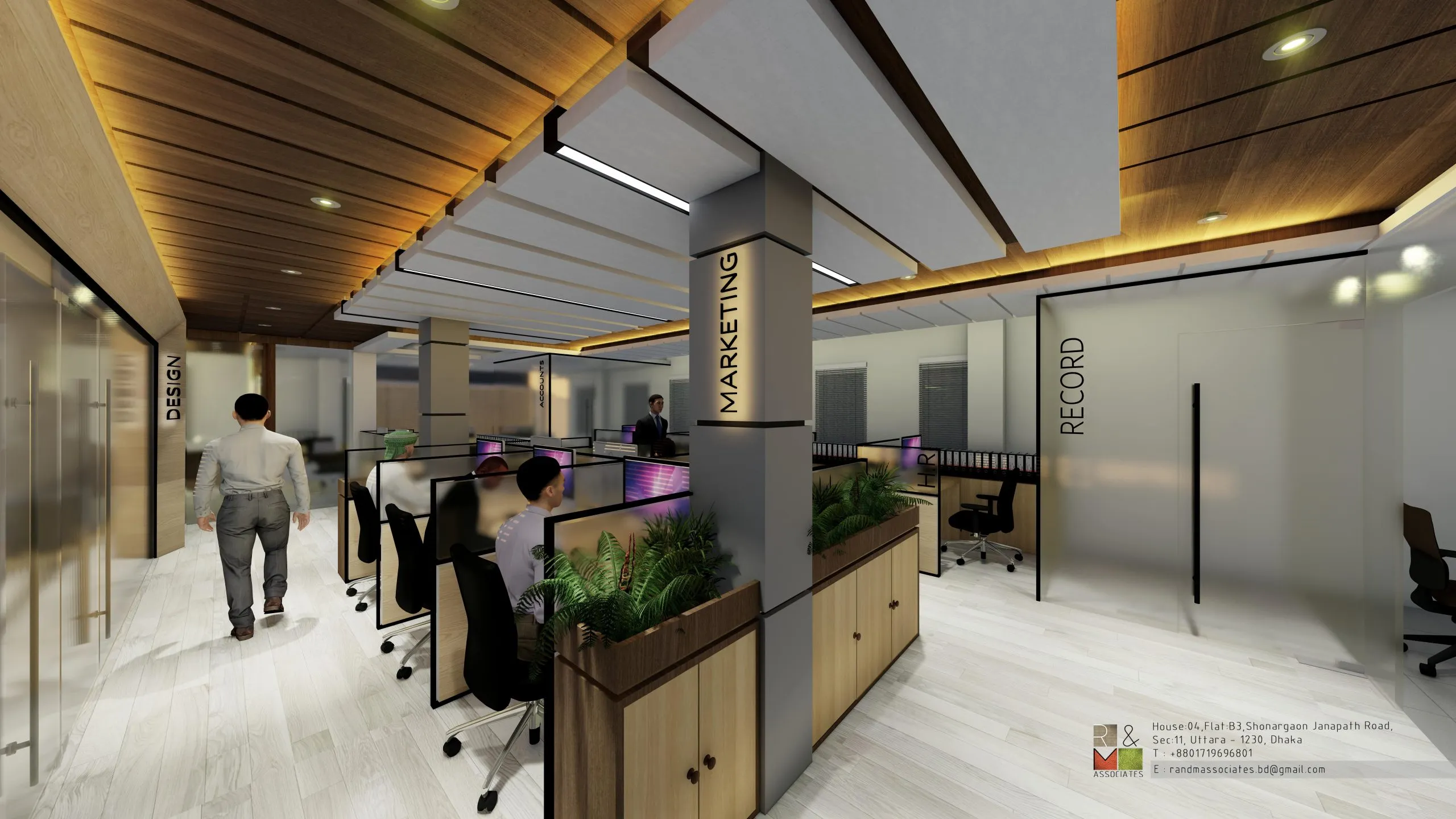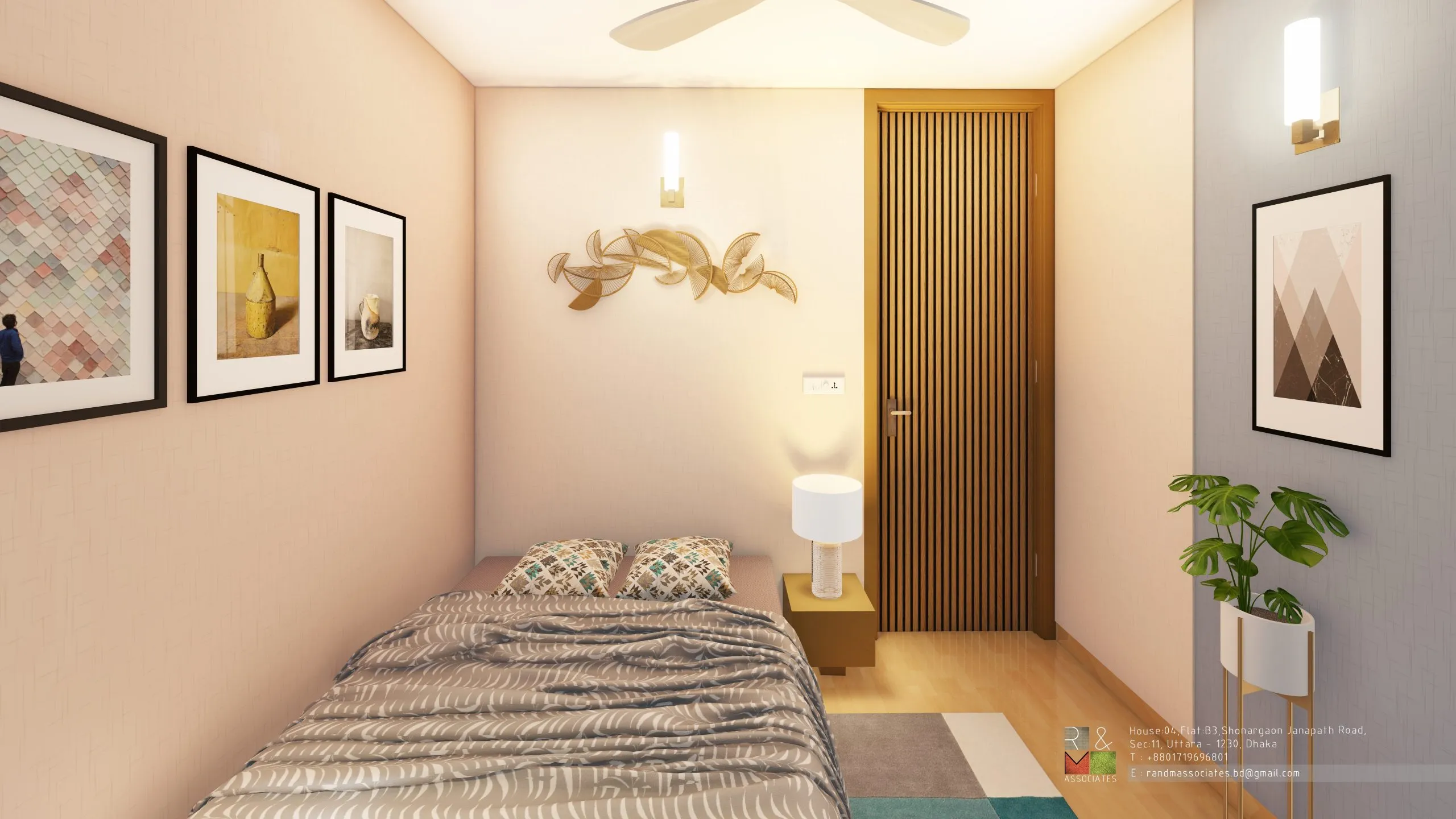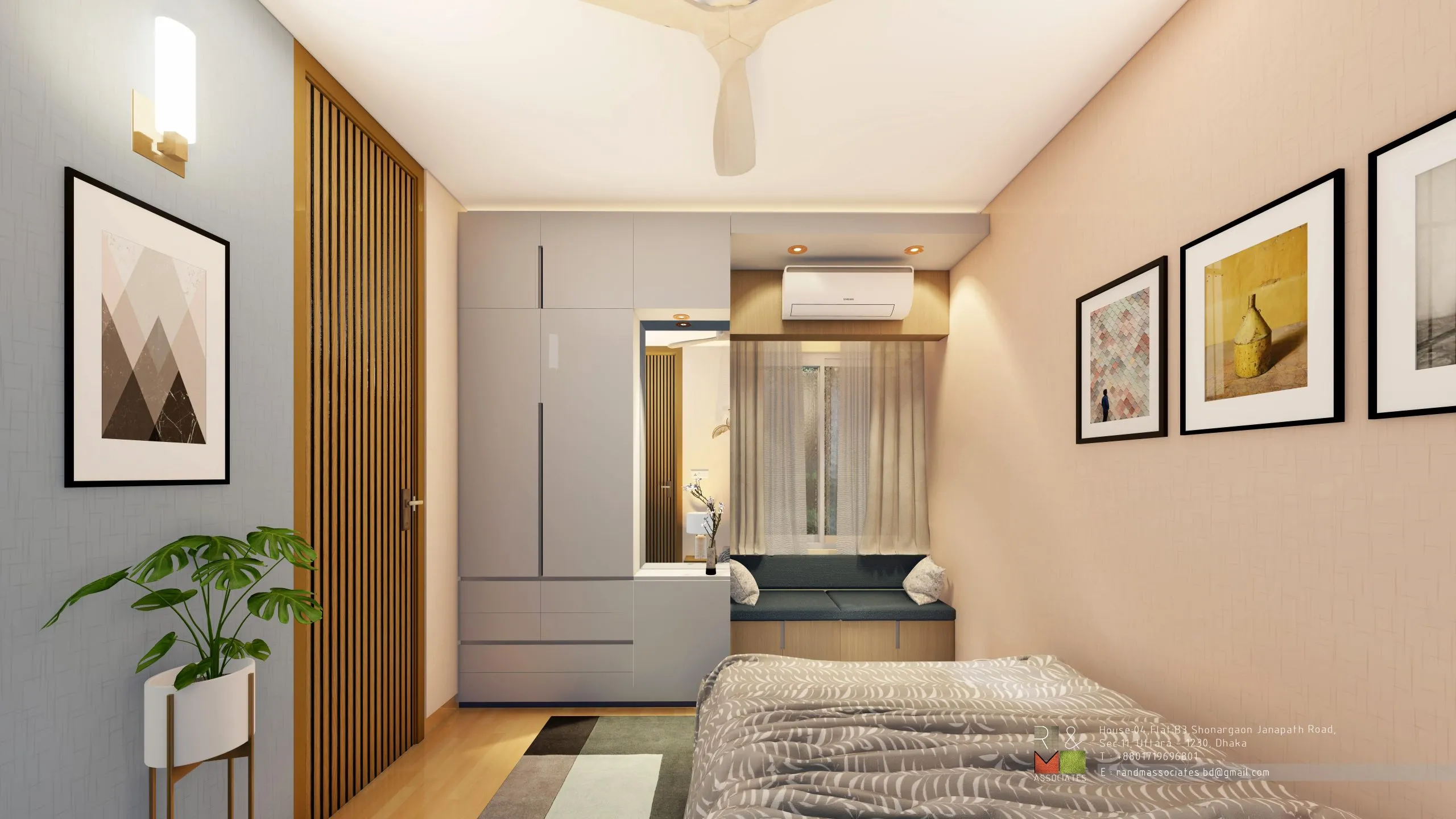Introduction
In recent years, technology has significantly transformed the interior design industry, blending aesthetics with functionality in ways never before imagined. From smart homes to 3D modeling, modern innovations are reshaping how spaces are designed, planned, and experienced. Here’s a look at some of the most impactful trends and innovations in the intersection of technology and interior design.
One of the most exciting trends in interior design is the rise of smart home technology. Designers now incorporate smart lighting, heating, and security systems seamlessly into a home’s architecture. With voice-activated assistants like Amazon Alexa or Google Home, homeowners can control their lighting, entertainment, and security with ease, leading to a more personalized living experience.

3D Printing and Customization
3D printing has opened up new possibilities in custom furniture and décor creation. Designers and homeowners can now create bespoke pieces that fit perfectly within the space, without relying on mass-produced items.
Key Innovations:
- Custom Furniture: From tables to light fixtures, 3D printing allows for unique designs tailored to fit a specific space or aesthetic.
- Architectural Elements: Intricate wall panels, sculptures, or room dividers can be printed and incorporated into the design seamlessly.
VR and AR have revolutionized the planning phase of interior design. These technologies provide a realistic visualization of how a space will look after it’s fully furnished, allowing clients to explore their future homes before any construction begins.

Artificial Intelligence (AI) and Design Tools
AI-powered design tools are transforming the way interior designers conceptualize spaces. AI algorithms analyze space, preferences, and trends to offer suggestions, layouts, and even color schemes, making the design process faster and more intuitive.
Key Innovations:
- AI Design Assistants: Tools like Planner 5D use AI to suggest design layouts based on a room’s dimensions, functionality, and user preferences.
- Smart Algorithms for Space Planning: AI is being used to maximize the use of space, particularly in smaller urban apartments, optimizing layouts for both aesthetic appeal and functionality.
Sustainability is a major focus in modern interior design, and technology is playing a key role in driving eco-friendly innovations. Designers are incorporating energy-efficient appliances, sustainable materials, and smart energy systems into their projects.

Biophilic Design with Technology
Biophilic design aims to bring nature indoors by incorporating natural elements such as plants, natural light, and organic materials. With the help of technology, designers are taking this concept further, creating spaces that mimic natural ecosystems.
Key Innovations:
- Smart Planters: Automated planters with self-watering systems ensure that plants thrive without constant human attention.
- Natural Lighting Systems: Advanced LED systems mimic natural daylight, adjusting throughout the day to promote well-being and productivity.
Technology is not just a tool in modern interior design; it is an essential element that elevates the living experience. By embracing innovations like smart home systems, VR, AI, and 3D printing, designers can create more functional, sustainable, and personalized spaces. As technology continues to evolve, the future of interior design promises even more exciting possibilities, pushing the boundaries of creativity and functionality.


